
Smarter email, faster business.
Auto-tag, parse, and respond to RFQs, quotes, orders, and more — instantly.
Trending
Categories
Aviation News. Powered by AI.
Verified by ePlane AI
AI fact-checks every story before it goes live.
Latest News
Trending News
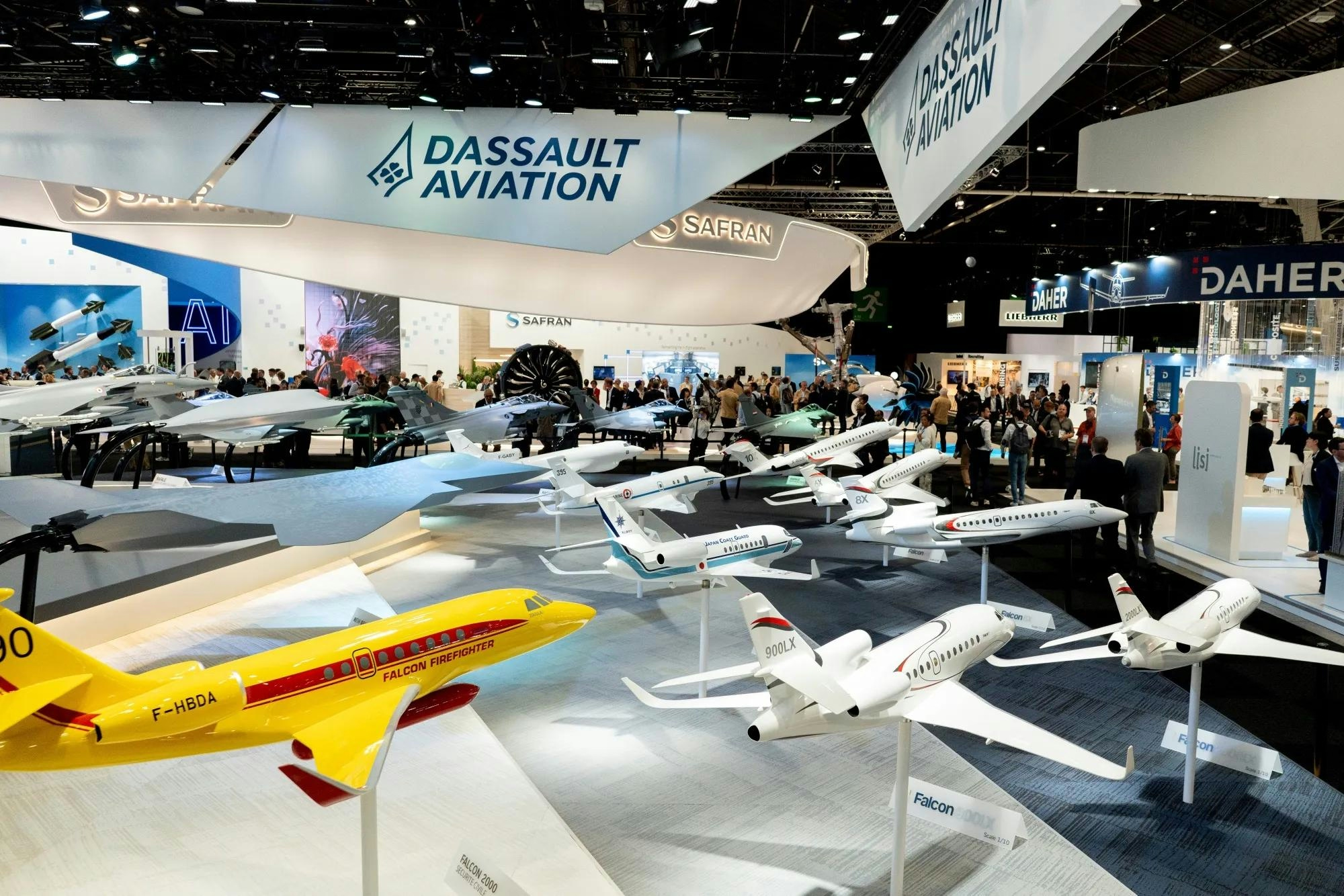
Tariff Concerns and Supply Chain Issues Impact Dassault Falcon
Tariff Concerns and Supply Chain Challenges Impact Dassault Falcon Performance
Dassault Aviation has reported a subdued performance for its Falcon business jet line in the first half of 2025, attributing the downturn to persistent supply chain disruptions and escalating concerns over potential U.S. tariffs. The French aerospace manufacturer recorded only eight Falcon jet orders during this period, a decline from 11 in the same timeframe last year, while deliveries remained steady at 12 aircraft.
Impact of U.S. Tariffs on Market Competitiveness
Chief Executive Eric Trappier emphasized the looming tariff threat as a significant factor undermining the Falcon’s competitiveness, particularly in the crucial U.S. market where Dassault faces strong competition from rivals such as Gulfstream. The U.S. government is set to impose 30% tariffs on European imports starting 1 August 2025, a development Trappier warned could severely damage Dassault’s market position. He cautioned that even lower tariff rates of 10 to 20% would render operations in the U.S. market unviable for European manufacturers, who already face inherent disadvantages compared to their American counterparts.
Dassault’s full-year guidance anticipates approximately 40 Falcon deliveries, though this forecast does not factor in the potential ramifications of U.S. tariffs or retaliatory European measures. Trappier noted that while 40 deliveries would represent a solid performance, the company could sustain itself with fewer Falcon deliveries if it increased production of its Rafale fighter jets. Nonetheless, he acknowledged that any import tax would elevate costs and place Dassault in a challenging position, despite the company’s efforts to mitigate tariff impacts by completing Falcon interiors at its facility in Little Rock, Arkansas.
Supply Chain Disruptions and Strategic Adjustments
Compounding these tariff concerns are ongoing supply chain difficulties. Trappier described persistent delays from contractors and highlighted that some suppliers are struggling to survive, undergoing restructuring or ownership changes. Although the most severe disruptions caused by the Covid-19 pandemic have largely subsided, he warned that supply chain challenges could continue for another year or two.
In response, Dassault is adjusting its production strategy by shifting some manufacturing operations to India through a joint venture. This move aims to diversify the supply chain and reduce exposure to tariff-related risks. However, the recent imposition of 50% tariffs on Canadian aluminum, effective since 4 June 2025, introduces a new complication, threatening the supply of critical materials and potentially undermining these diversification efforts.
The broader aviation industry is also reevaluating vendor networks and exploring alternative sourcing options in countries less affected by tariffs. This trend is expected to influence procurement and aircraft acquisition strategies, as competitors seek to mitigate tariff risks through supply chain diversification.
Falcon 6X Deliveries and Market Outlook
Despite these challenges, deliveries of the Falcon 6X model have increased, accounting for approximately half of all Falcon deliveries in the first half of the year and receiving positive customer feedback. However, with the Russian market closed due to sanctions and uncertainty surrounding U.S. trade relations, Trappier warned of a difficult future. He stated, “If we can’t trade with the US anymore, things are going to get really tough for us,” underscoring the critical importance of the American market to Dassault’s business jet operations.
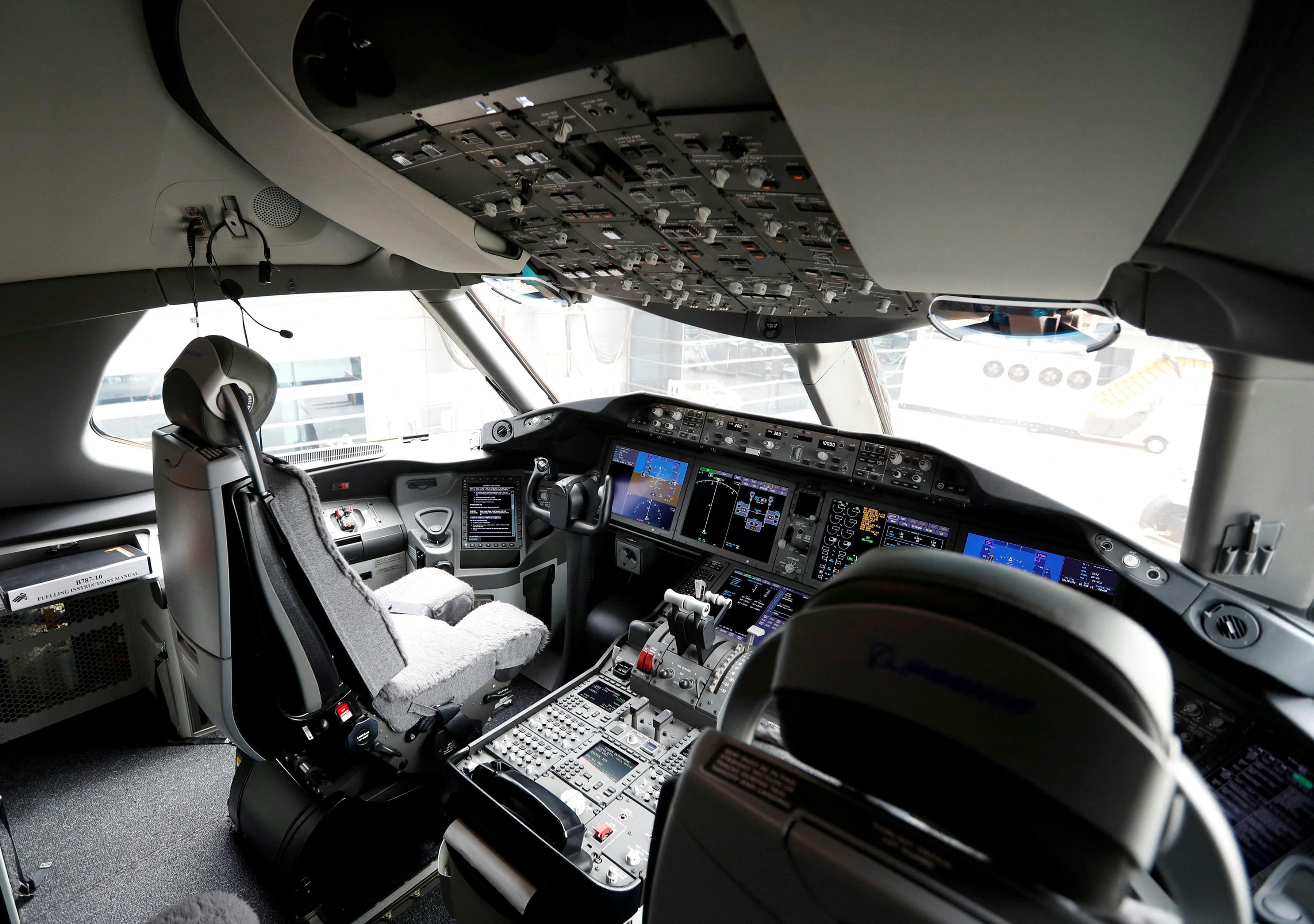
US Expert: Boeing 787 Experienced Fuel Switch Cut-Off in 2019; Japanese Pilots Did Not Intervene
US Expert Highlights Fuel Switch Cut-Off in 2019 Boeing 787 Incident; Japanese Pilots Did Not Intervene
A preliminary investigation into the Air India AI 171 crash in Ahmedabad has renewed focus on the Boeing 787’s fuel switch system. India’s Aircraft Accident Investigation Bureau (AAIB) reported that the fuel switch had shifted from the “Run” to the “Cutoff” position prior to the crash. The 15-page report, released this week, included a paraphrased exchange between Captain Sumeet Sabharwal and First Officer Clive Kunder, in which one pilot questioned the other about cutting off the fuel supply. Both pilots denied any deliberate action to do so. Shortly thereafter, a Mayday call was issued, and the aircraft crashed into a hostel for medical students, resulting in the deaths of all on board.
The AAIB report does not clarify how or why the fuel switch moved to the “Cutoff” position, leaving open the possibility of either pilot error or mechanical malfunction. To provide further insight, FinancialExpress.com consulted Mary Schiavo, a US aviation expert, who dismissed theories of intentional pilot intervention. Schiavo emphasized the absence of evidence supporting deliberate action and called for the full release of cockpit voice recorder (CVR) transcripts to avoid misinterpretation. She stated, “There is nothing here to suggest pilot suicide or murder.”
Parallels with 2019 ANA Boeing 787 Incident
Schiavo also referenced a similar event in 2019 involving an All Nippon Airways (ANA) Boeing 787. During final approach from Tokyo to Osaka, both engines failed after the aircraft’s software erroneously detected that it was on the ground. This triggered the Thrust Control Malfunction Accommodation System, which cut fuel to the engines. According to Schiavo, the pilots did not engage the fuel cutoff switches. The malfunction was ultimately traced to a software glitch rather than human error. The ANA flight, carrying 109 passengers and 9 crew members, landed safely without injuries.
Regulatory Response and Ongoing Investigations
The Air India crash has intensified scrutiny of Boeing’s fuel switch mechanisms. India’s civil aviation authority has ordered inspections of cockpit fuel switches on Boeing aircraft following the AAIB’s findings. Meanwhile, the US Federal Aviation Administration (FAA) and Boeing have maintained that the fuel switch locks are safe. However, investigations continue to explore whether the Ahmedabad crash resulted from pilot action or a technical fault.
Regulatory bodies worldwide are responding to these concerns. The UK Civil Aviation Authority (CAA) issued a warning just weeks before the crash, highlighting potential issues with fuel shutoff valves on several Boeing models, including the 737, 757, 767, 777, and 787. The fuel control switches, housed within the Throttle Control Module (TCM), had been replaced on the ill-fated AI 171 aircraft in both 2019 and 2023. Despite these replacements, questions remain regarding the reliability of the locking mechanism.
The heightened regulatory scrutiny and ongoing investigations have placed significant pressure on Boeing, with potential repercussions for its market position and investor confidence. As authorities continue to determine the root cause of the AI 171 crash, the aviation industry is preparing for possible safety reviews and further regulatory measures.
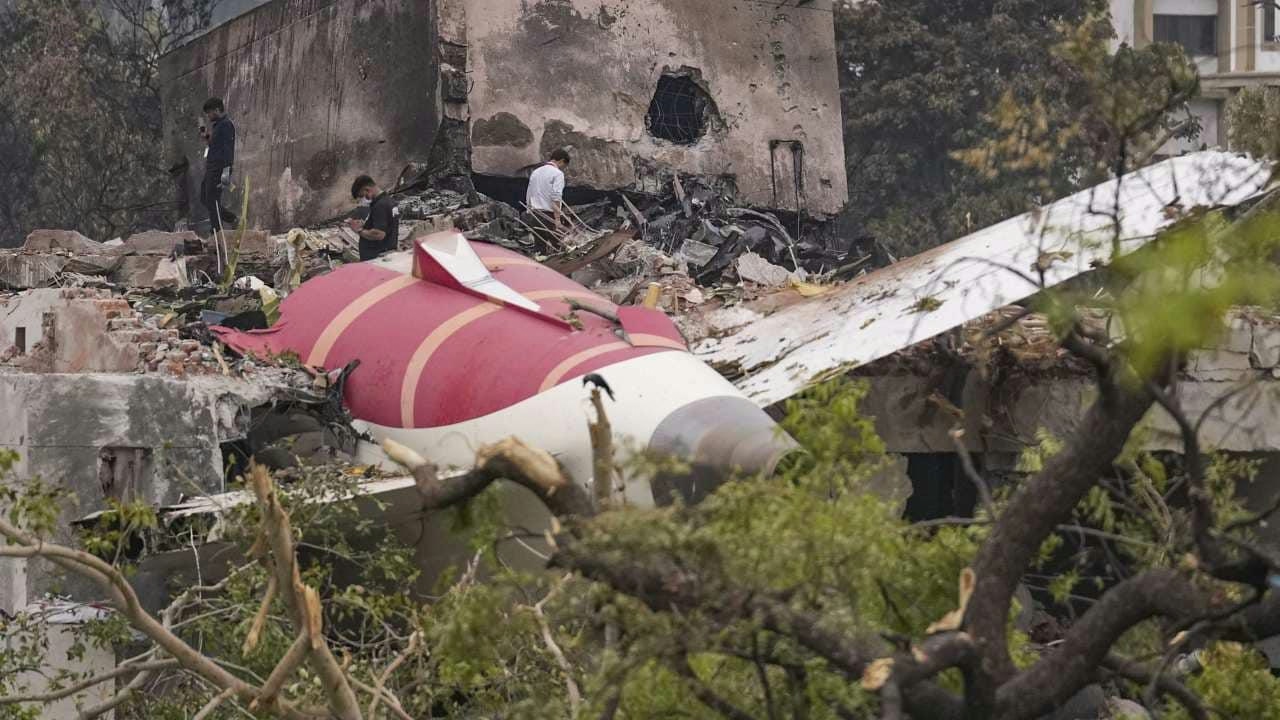
Pilot Federation President Says AI-171 Crash Report Omits Pilot Error
Pilot Federation President Challenges AI-171 Crash Report, Highlights Mechanical Failure Concerns
Disputing Pilot Error Allegations
In the wake of last month’s Air India AI-171 crash in Ahmedabad, Captain CS Randhawa, President of the Federation of Indian Pilots (FIP), has firmly rejected media claims attributing the accident to pilot error. Specifically, he condemned reports suggesting that the flight’s captain deliberately shut off fuel to the engines, describing such allegations as “baseless” and announcing intentions to pursue legal action against the responsible publication.
Captain Randhawa underscored that the preliminary report released by the Aircraft Accident Investigation Bureau (AAIB) does not implicate the pilots in causing the crash. He stressed that the report makes no mention of the fuel control switches being turned off due to pilot mistake. “Nowhere in the report has it been mentioned that the fuel control switch was turned off due to the pilot’s mistake. I condemn the article. They have not read the report properly, and we will take action against them through FIP,” he stated in an interview with ANI.
He further urged the media and public to avoid speculation regarding the AAIB’s findings, cautioning that premature conclusions could erode public confidence in air travel. “We had issued a press statement yesterday that no channel, commentator, or president of any agency should give such an opinion that has no basis. The detailed report will take time; till then, people are giving their own opinions without any basis, which is not right,” Captain Randhawa added.
Mechanical Failure and Investigation Concerns
Highlighting the absence of any official attribution of pilot error in both the AAIB report and statements from the Civil Aviation Minister, Captain Randhawa drew parallels to a 2019 incident involving ANA flight NH985, where both engines shut down during landing without pilot intervention on the fuel control switches. He suggested that the AI-171 crash may be linked to a recurring Throttle Control Malfunction Accommodation (TCMA) issue. “I am quite clear that this is a repetition of the TCMA malfunction, and this needs a thorough investigation. Boeing has not taken any action yet and has not even tried to issue a directive that all these aircraft should be checked for TCMA functions. Secondly, there is not a single pilot in the investigation committee,” he remarked.
The ongoing inquiry has intensified scrutiny of Boeing’s safety protocols, with market analysts noting potential repercussions for investor confidence. Competing airlines have responded by emphasizing their own safety measures and regulatory compliance, aiming to reassure passengers and distinguish themselves from operators of Boeing aircraft. Meanwhile, the Federal Aviation Administration (FAA) and Boeing have maintained that the fuel cutoff switch locks remain safe, even as Air India continues to face investigations into its adherence to safety directives and record-keeping standards.
As the investigation proceeds, industry stakeholders await the AAIB’s final report, which is expected to provide definitive insights into the crash’s root cause and address concerns related to both mechanical failure and operational procedures.
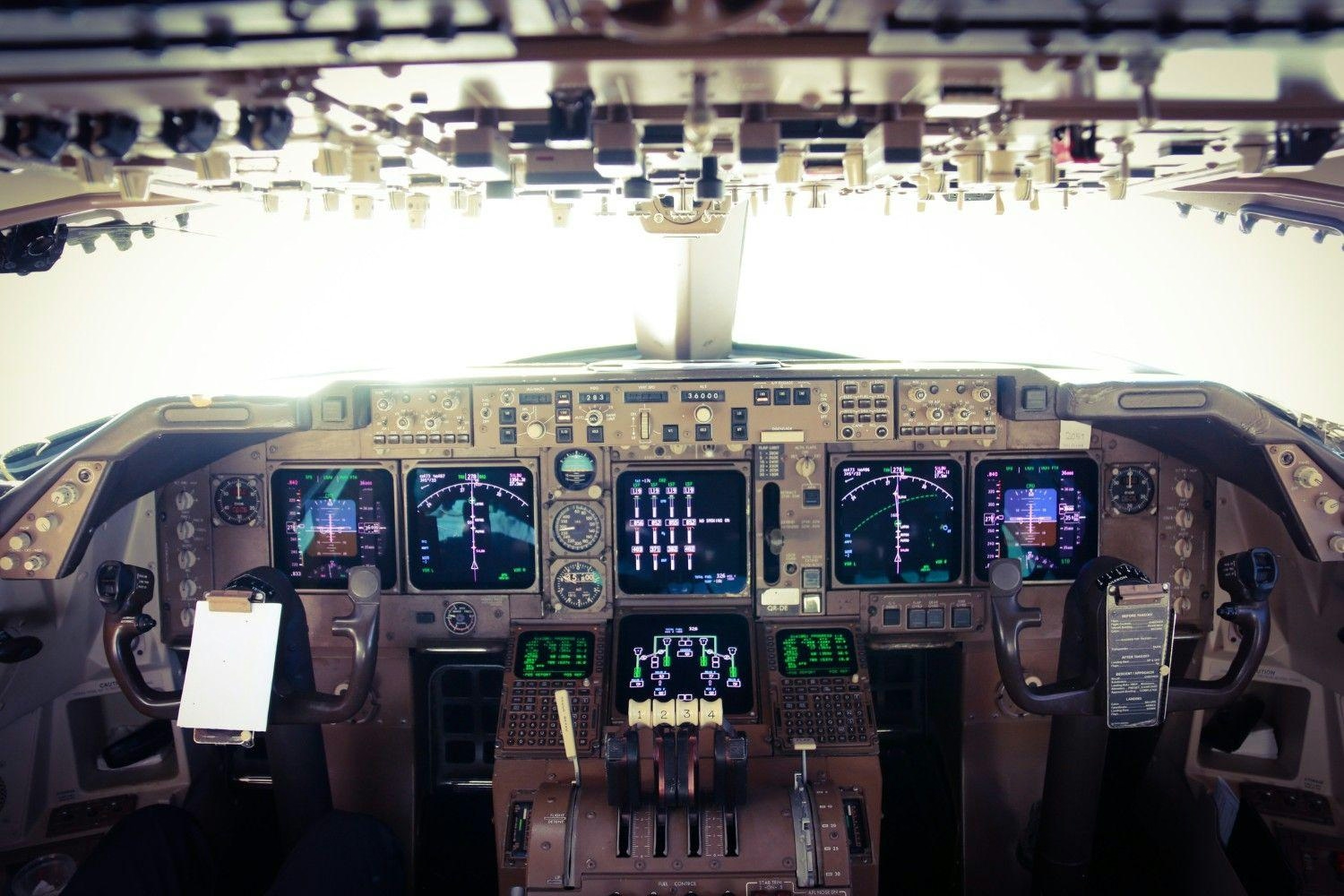
Air India Engine Shutdown: Pilots’ Body Explains FADEC Fuel Cut-Off Theory
Air India Engine Shutdown: Pilots’ Body Highlights FADEC Fuel Cut-Off Theory
Emerging Theories on Engine Failure
The Aircraft Accident Investigation Bureau (AAIB) has suggested that a possible fuel switch error may have caused the catastrophic engine failure on Air India Flight 171. However, new perspectives are focusing on the aircraft’s advanced electronic systems, particularly the Full Authority Digital Engine Control (FADEC), as a potential factor in the incident. Preliminary reports indicate that the crash was initiated by the sudden movement of fuel-control switches to the "cut-off" position, which resulted in both engines being starved of fuel. Cockpit voice recordings reveal that the captain may have cut the fuel flow while the first officer was at the controls. Despite these findings, the Federation of Indian Pilots (FIP) has urged caution against attributing blame to the crew based on early assumptions, emphasizing the need to consider all possible technical causes.
The Role of FADEC and Related Systems
At the heart of the latest theory is the FADEC system, often described as the "brain" of modern aircraft such as the Boeing 787. FADEC is responsible for monitoring and managing critical engine functions, including fuel flow and engine speed, and it has the capability to override pilot commands based on sensor inputs. This system operates in conjunction with the Electronic Engine Controller (EEC) and the Thrust Control Malfunction Accommodation (TCMA) systems. The FIP has raised concerns that a malfunction within these interconnected systems—potentially triggered by faulty sensor data—could have caused FADEC to shut down both engines without any manual input from the crew. This possibility challenges the initial narrative by suggesting that the engine failure may have led to an automatic movement of the fuel switches to the cut-off position, rather than a manual error by the pilots.
Expert Insights and Calls for Thorough Investigation
Aviation attorney Mary Schiavo, speaking to FinancialExpress.com, underscored concerns regarding the TCMA system, which informs FADEC whether the aircraft is on the ground or airborne. She referenced previous incidents, including a 2019 All Nippon Airways (ANA) Boeing 787 flight where FADEC triggered a dual engine shutdown due to erroneous sensor input. Schiavo also mentioned an ongoing investigation into a 2025 United Airlines 787 incident involving uncommanded dives, believed to be linked to software or computer malfunctions. In light of these concerns, the FIP has called for a comprehensive reassessment of the roles played by FADEC, EEC, and TCMA malfunctions in the Air India crash. The pilots’ association is urging investigators to meticulously analyze data from the Flight Data Recorder (FDR), Cockpit Voice Recorder (CVR), and relevant Boeing service bulletins before reaching any conclusions.
In response to the preliminary findings, India’s aviation regulator has mandated inspections of Boeing fuel switches across airline fleets. Meanwhile, families of the victims continue to seek detailed answers as the investigation unfolds. The FIP stresses the importance of a thorough and impartial inquiry, cautioning against premature judgments regarding crew actions until all technical possibilities have been fully examined.
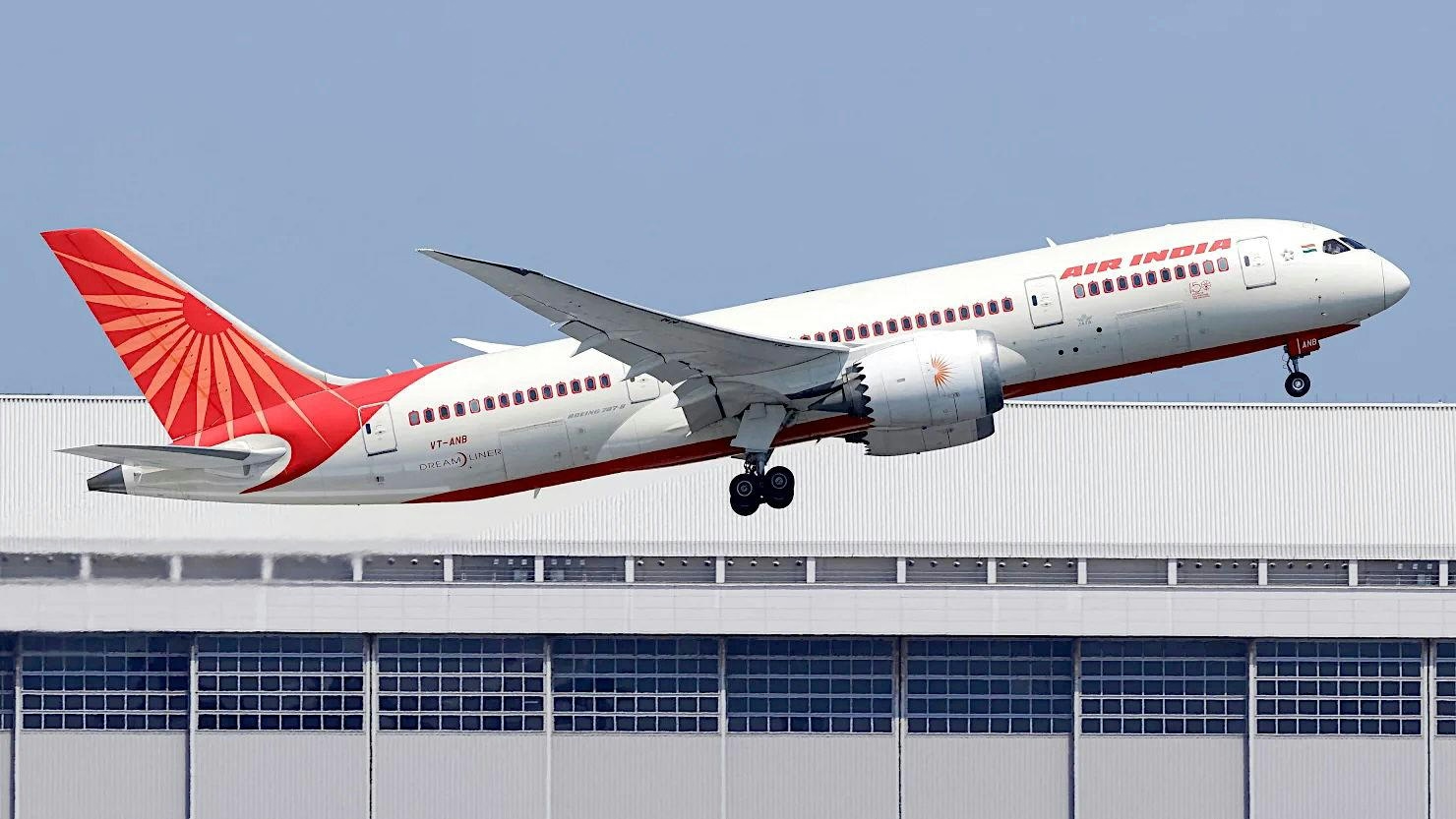
Aviation Expert: Boeing Dreamliner Software Reduced Fuel Use Twice Without Pilot Input
Aviation Expert Highlights Boeing Dreamliner Software’s Role in Fuel Cut Incidents
Aviation attorney and former US Department of Transportation Inspector General Mary Schiavo has cautioned against hastily attributing blame to pilots in the aftermath of the recent Air India crash. She underscored the significance of Boeing Dreamliner’s automated systems, which have been implicated in previous incidents involving unexpected fuel reductions without pilot intervention. Schiavo emphasized that the Boeing 787’s software is capable of independently cutting fuel to its engines, a factor that demands thorough investigation before fault is assigned.
Speaking to journalist Barkha Dutt, Schiavo noted that pilots are often blamed in approximately 75% of aviation incidents, yet many such accusations have been disproven. She described this tendency as not only unfair but overly simplistic and potentially harmful. “There are too many suspicious things to say, ‘Oh, it’s the pilots,’” she remarked, referencing earlier cases involving the same aircraft model where onboard systems autonomously reduced or cut fuel flow mid-flight.
Past Incidents and the TCMA System
Schiavo specifically cited a 2019 incident involving an All Nippon Airways (ANA) Boeing 787, where the aircraft’s system erroneously shut off fuel mid-air after mistakenly detecting that the plane had already landed. The software in question, known as the Thrust Control Malfunction Accommodation (TCMA) system, has been previously implicated in similar malfunctions. Designed to help the aircraft distinguish between flight and ground conditions, the TCMA can command the engines to reduce or cut power under certain circumstances. In the ANA case, the system’s premature fuel cutoff forced the plane to glide heavily to the runway. Fortunately, the incident occurred during landing rather than takeoff, preventing a crash.
Schiavo also referenced a more recent United Airlines Dreamliner flight from Washington, D.C., to Nigeria, where the aircraft reportedly entered a nose dive due to thrust and engine issues, again raising concerns about the behavior of automated systems.
Implications for Boeing and the Aviation Industry
The TCMA system, mandated by the US Federal Aviation Administration (FAA), lies at the heart of these concerns. Schiavo warned that errors by such automated protocols can have dire consequences, particularly during critical phases like takeoff when pilots have only seconds to react. These revelations come amid heightened scrutiny of Boeing, which is already grappling with a series of safety and production challenges.
The Air India crash has intensified regulatory and public attention, prompting increased inspections of Boeing 787 aircraft operated by Air India and causing flight delays and cancellations. The incident has also sparked broader questions regarding cockpit confusion, fuel management, and the reliability of automated systems, all of which are influencing perceptions of the Dreamliner’s safety.
Meanwhile, Boeing’s competitors are leveraging the situation to highlight their own advancements in software and integrated control technologies, positioning safety features as a key competitive advantage. As Boeing seeks to restore confidence in its flagship aircraft, experts like Schiavo stress the necessity of a comprehensive investigation that carefully weighs both human and technological factors before drawing conclusions.
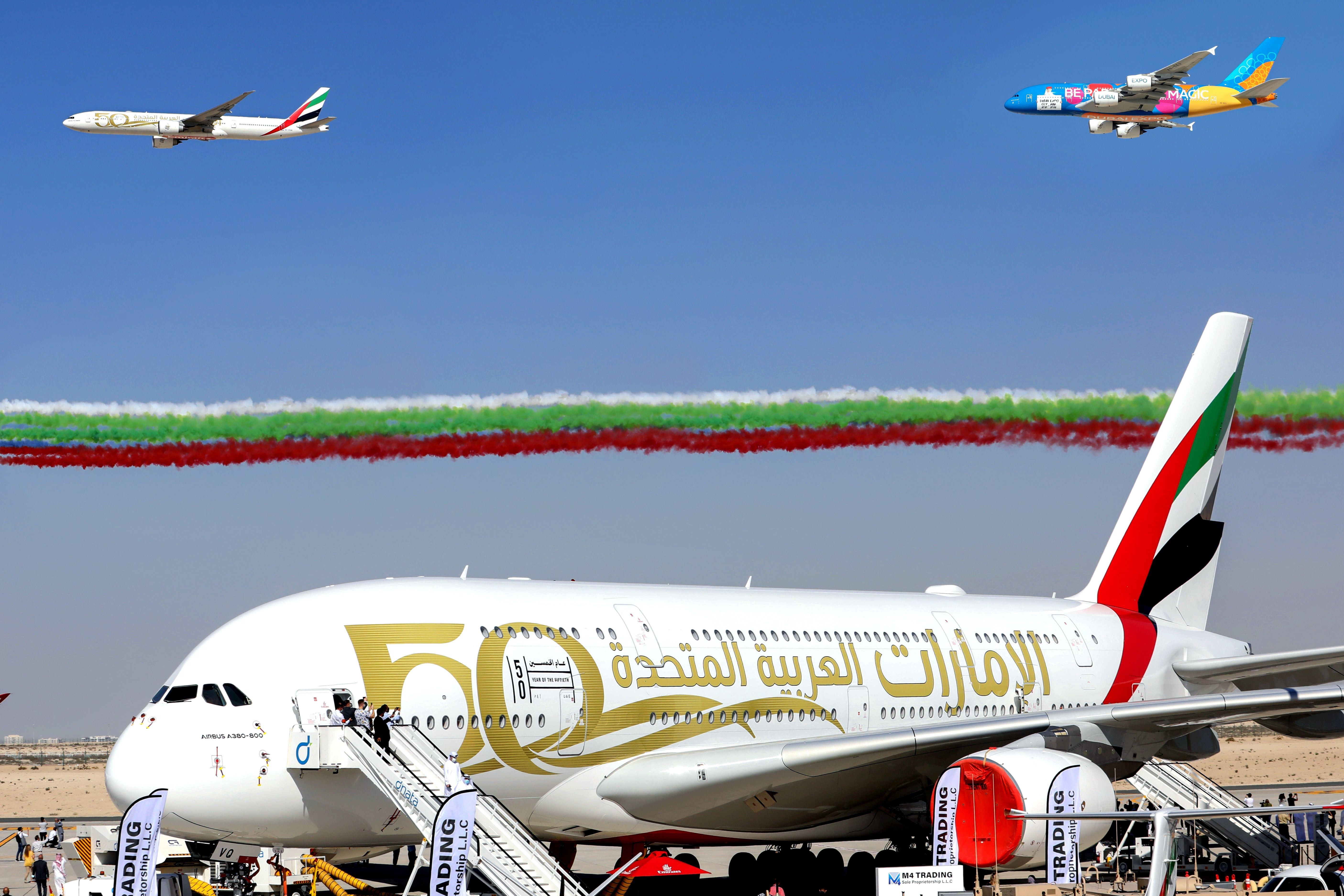
How the Boeing 777-300ER Compares to the Airbus A380 in Size
How the Boeing 777-300ER Compares to the Airbus A380 in Size
When discussing the largest commercial aircraft in operation today, the Boeing 777-300ER and the Airbus A380 are the two dominant models. Each represents a significant achievement in aerospace engineering but caters to different operational needs and market demands. Their differences in size, passenger capacity, and intended use highlight the distinct roles they play within global aviation.
Size and Capacity: A Detailed Comparison
The Airbus A380 holds the distinction of being the largest passenger airliner ever constructed. Its unique double-deck design enables it to accommodate up to 853 passengers in an all-economy configuration, or approximately 575 passengers in a more typical three-class layout. By contrast, the Boeing 777-300ER, the largest variant within the 777 family, can seat a maximum of 550 passengers in a high-density arrangement, though it more commonly carries around 396 passengers in a three-class configuration.
Physically, the A380 exceeds the 777-300ER in nearly every dimension except length. The 777-300ER measures 242 feet 4 inches (73.9 meters) in length, slightly longer than the A380’s 238 feet 7 inches (72.7 meters). However, the A380’s wingspan extends to 261 feet 8 inches (79.8 meters), significantly wider than the 777-300ER’s 212 feet 7 inches (64.8 meters). The A380 also stands taller at 79 feet (24.1 meters), compared to the 777-300ER’s height of 61 feet (18.5 meters). In terms of maximum takeoff weight, the A380’s 1,234,600 pounds (560,000 kilograms) far surpasses the 777-300ER’s 775,000 pounds (351,534 kilograms). These dimensions underscore the A380’s dominance in size and capacity, despite the 777-300ER’s advantage in length.
Operational Roles and Market Positioning
The Boeing 777-300ER was engineered to serve long-haul routes with a focus on operational efficiency and flexibility. Its twin-engine design allows it to operate from a broader range of airports, including those unable to accommodate the larger A380. This versatility, combined with lower operating costs and a moderate passenger capacity, makes the 777-300ER a preferred choice for airlines seeking to balance capacity with economic performance.
Conversely, the Airbus A380 was developed to maximize passenger volume on high-density international routes, primarily connecting major global hubs. Its immense size necessitates specialized airport infrastructure, limiting the number of airports capable of handling the aircraft. Nevertheless, the A380 remains a favored option for carriers aiming to transport large numbers of passengers efficiently on heavily trafficked routes.
Industry Response and Future Developments
The market’s response to these aircraft reflects their strategic roles within the aviation sector. Emirates, the largest operator of the A380, continues to invest in the superjumbo, with plans to upgrade its first-class suites and extend the aircraft’s operational lifespan through 2040. The airline has also expressed interest in Boeing’s developments, including visits to Boeing’s assembly facilities to monitor progress.
Meanwhile, other airlines are reassessing their fleet compositions. Kenya Airways, for example, is considering reintroducing the 777-300ER alongside exploring the Boeing 737 MAX, demonstrating the ongoing relevance of the 777 family. In response to Boeing’s advancements, Airbus is developing a stretched version of its A350 to compete directly with the forthcoming Boeing 777-9, highlighting the competitive dynamics shaping the large aircraft market.
Conclusion
While the Airbus A380 remains the world’s largest passenger aircraft by nearly every measure except length, the Boeing 777-300ER continues to hold a vital position in commercial aviation due to its versatility and efficiency. Both aircraft exemplify the evolving demands of the industry and maintain prominent roles in the global air travel landscape.
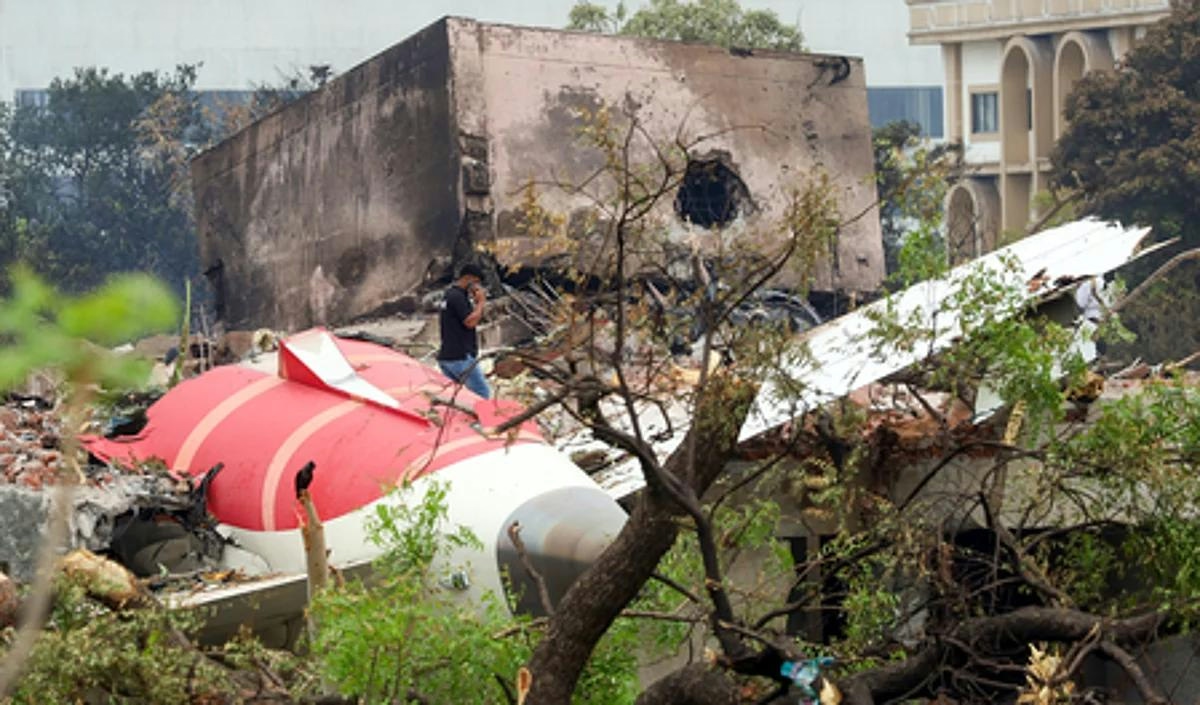
Call to Release Full Transcript of AI Flight 171 Audio Recording
Call for Full Disclosure of AI Flight 171 Cockpit Audio Transcript
The recent incident involving AI Flight 171 has ignited a contentious debate, particularly following strong objections from the Indian pilots’ association. The association criticized the preliminary report for what it described as unfair insinuations against the flight crew. Concurrently, certain Western media outlets have speculated about possible confusion in the cockpit, implying pilot error as a contributing factor. The Aircraft Accident Investigation Bureau (AAIB), in its initial findings, appeared to suggest this possibility but refrained from making explicit accusations. Notably, the AAIB’s report included only two paraphrased sentences from the pilots’ cockpit exchange, omitting the full audio transcript and raising significant concerns about transparency.
Unresolved Operational Details and Safety Concerns
Critical details surrounding the incident remain unclear. First officer Clive Kunder, aged 32, was at the controls during the event, with the pilot-in-command, Sumeet Sabharwal, 56, overseeing operations. It has not been established which pilot questioned the other regarding the shutdown of the fuel switches. The first fuel switch was turned off at 1:38:42 pm, but the crew took approximately ten seconds to reactivate it—a delay that has attracted scrutiny. Furthermore, the fuel supply to the second engine was restored four seconds after the first, rather than simultaneously. While the first engine responded promptly, the second continued to experience difficulties. These operational uncertainties are compounded by prior concerns raised by the US Federal Aviation Administration (FAA), which had flagged potential issues with Boeing’s fuel switch locking mechanism as early as 2018. The maintenance history of the fuel switches on this specific aircraft remains undisclosed.
Calls for Transparency Amid Ongoing Investigation
There is a growing demand for the AAIB to release the full transcript of the cockpit audio. Advocates argue that only complete transparency can dispel suspicions that the preliminary report was crafted to assign blame to the pilots, who tragically cannot defend themselves. Full disclosure is also seen as essential to provide some measure of closure to the victims’ families, even as the final investigation report may take up to a year to be completed.
However, the release of the full transcript presents challenges. The investigation remains active, and legal considerations may restrict the immediate publication of sensitive audio recordings. Beyond legalities, the aviation industry is closely monitoring Air India’s response, with heightened scrutiny on its operational protocols and safety standards. Rival airlines are reportedly reviewing their own safety procedures and may increase pressure on Air India to demonstrate full transparency.
At present, no definitive conclusions have been drawn regarding the cause of the crash. The insistence on releasing the full cockpit transcript highlights the broader imperative for openness and accountability, both to ensure a fair investigation and to restore public confidence in aviation safety.
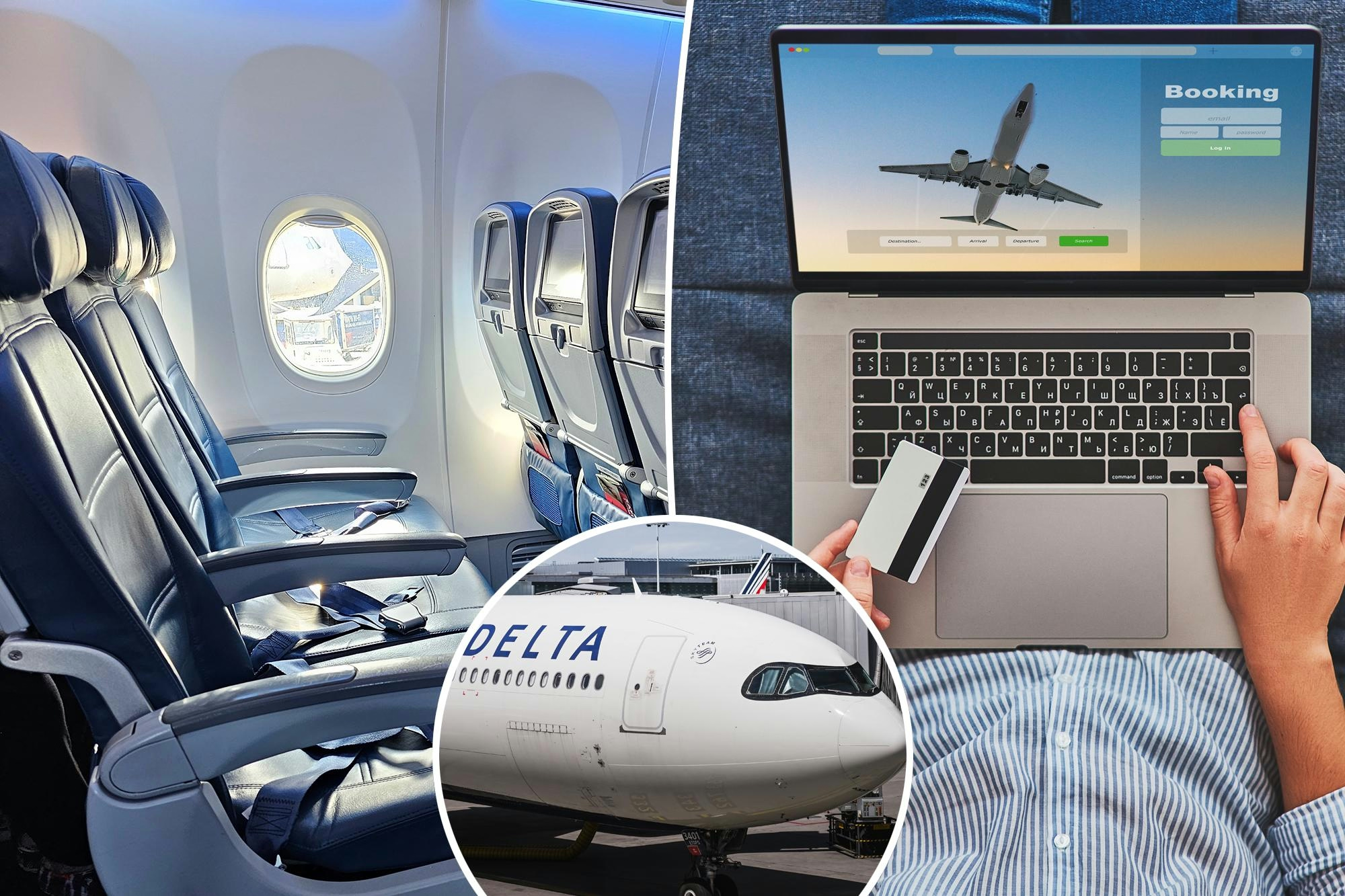
How Airlines Use AI to Set Ticket Prices and What Travelers Should Know
How Airlines Use AI to Set Ticket Prices and What Travelers Should Know
The Rise of AI in Airline Pricing
Airlines are increasingly leveraging artificial intelligence to determine ticket prices, a development that has significant implications for travelers. Actions as routine as accepting website terms, enabling browser cookies, or logging into loyalty accounts can now influence the cost of a flight. This shift toward AI-driven pricing raises important questions about privacy, fairness, and the potential for rising travel expenses.
Delta Air Lines recently disclosed that approximately three percent of its domestic ticket prices are set using AI technology developed by the Israeli startup Fetcherr. This system evaluates a range of factors, including customer lifetime value, previous purchasing behavior, and the real-time context of each booking inquiry, to create personalized offers. Glen Hauenstein, Delta’s president, highlighted the positive impact on revenue and indicated the airline’s goal to increase AI-based pricing to cover 20 percent of tickets by the end of 2025.
Industry Response and Regulatory Concerns
The adoption of AI pricing models has drawn scrutiny from U.S. lawmakers concerned that such practices could lead to higher fares and unfair disadvantages for certain consumers. Public reaction has been mixed, with some travelers uneasy about individualized pricing mechanisms that may reduce transparency and affordability in air travel.
Other airlines are following suit, investing in AI expertise and developing machine learning solutions to implement dynamic, data-driven pricing strategies. This trend signals a broader transformation within the industry, but it also invites heightened regulatory attention. Authorities are increasingly examining how AI technologies affect consumer rights and market competition, seeking to balance innovation with fairness.
Privacy and Legal Frameworks in Canada
In Canada, airlines such as Porter acknowledge the use of dynamic pricing and the integration of AI in some operational areas, though they currently do not employ AI for personalized ticket pricing. Canadian consumers benefit from stronger privacy protections under the Personal Information Protection and Electronic Documents Act (PIPEDA), which mandates that businesses obtain “meaningful consent” before collecting, using, or sharing personal data.
Nevertheless, experts warn that PIPEDA is outdated and does not fully address the complexities introduced by AI-driven pricing. Terry Cutler, a Canadian information security strategist, points out that while some protections exist, significant ambiguities remain, especially when data is used in unexpected ways—such as adjusting prices based on browsing habits or device types.
Kris Klein, founder of the privacy law firm nNovation LLP, explains that implied consent may suffice for basic personalization like targeted advertising following a web search. However, express consent is necessary when profiling involves sensitive information or exceeds reasonable expectations, such as targeting individuals based on medical-related searches.
Implications for Travelers
As airlines accelerate the implementation of AI-powered pricing, travelers should remain vigilant about how their personal data is utilized. With regulatory frameworks struggling to keep pace with rapid technological advancements, consumers find themselves navigating a marketplace that is evolving quickly and often lacks transparency. Understanding these dynamics is essential for protecting privacy and making informed decisions in the era of AI-driven air travel pricing.
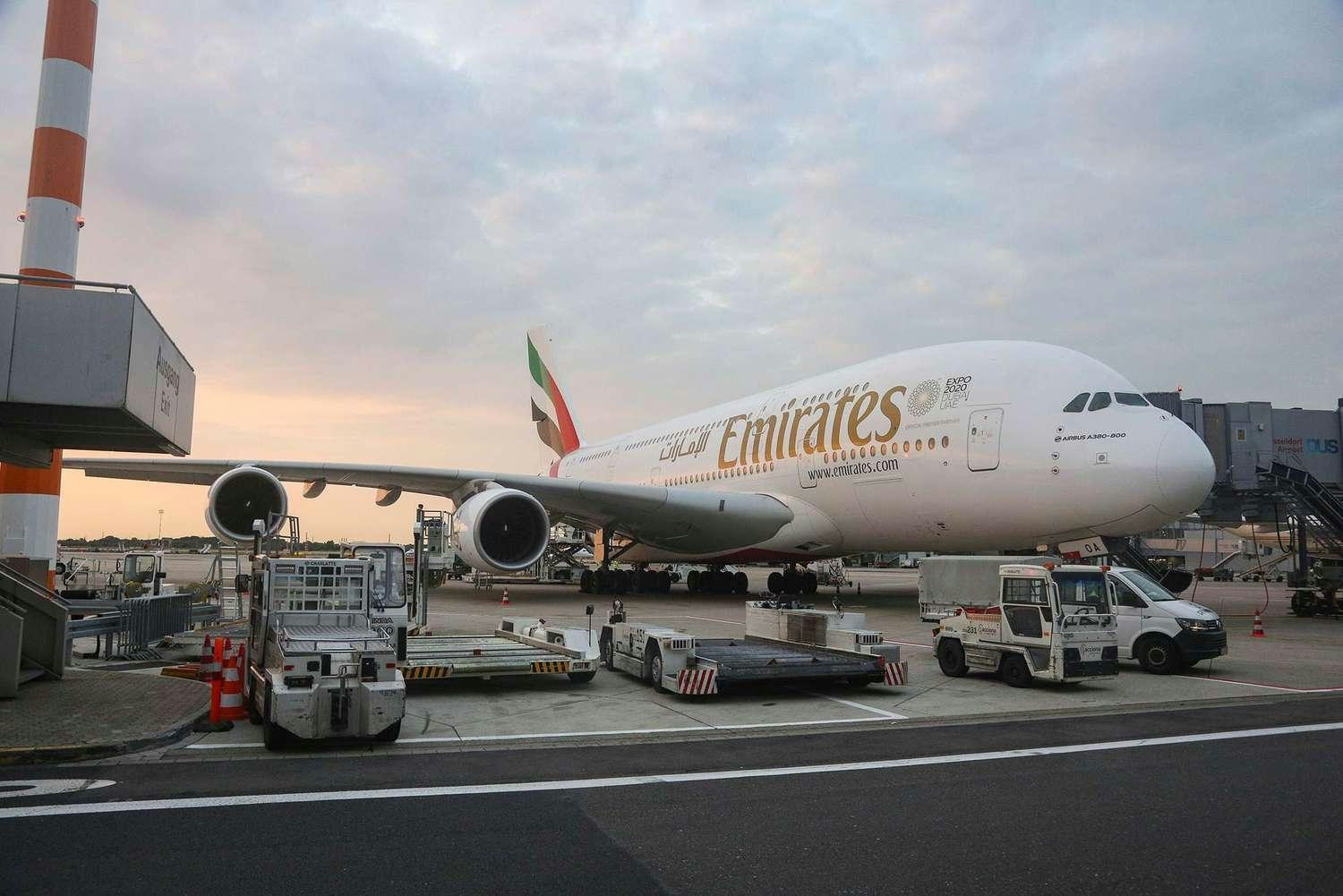
Emirates A380 Makes Emergency Landing at JFK After Engine Shutdown
Emirates A380 Executes Emergency Landing at JFK Following Engine Shutdown
On June 28, 2025, Emirates flight EK203, operated by an Airbus A380-800 (registration A6-EUW), conducted a safe emergency landing at New York’s John F. Kennedy International Airport (JFK) after experiencing an in-flight shutdown of its number one engine. The aircraft, en route from Dubai International Airport (DXB) to JFK, encountered the failure of its far-left engine while flying over the northeastern United States.
Incident and Response
Despite the loss of one of its four engines, the flight crew maintained full control of the aircraft, ensuring the safety of all 450 passengers and crew aboard. The pilots promptly declared an emergency with Boston Center, before coordination was transferred to New York Approach. Air traffic controllers guided the aircraft toward JFK, clearing it to land on runway 22L, the airport’s longest runway, as requested by the crew.
At the time of the incident, EK203 was carrying approximately 24.8 tonnes of fuel, sufficient for about one hour of flight time. Throughout the descent and approach, the crew worked closely with air traffic control (ATC), providing critical information including fuel quantities and local pressure settings. While some observers questioned the necessity for pilots to convert units mid-flight, the crew’s swift and precise communication demonstrated their professionalism under pressure.
Operational and Industry Implications
The emergency landing underscored the vital importance of seamless collaboration between flight crews and ATC during in-flight crises. Controllers adhered to established emergency protocols, offering clear navigational guidance and continuous updates, which contributed significantly to the safe touchdown at 8:57 AM local time.
However, the incident also revealed minor communication lapses, notably ATC’s initial uncertainty regarding the exact location of the failed engine. Aviation experts have highlighted the need for enhanced training and improved reference tools for controllers, particularly when managing complex aircraft such as the Airbus A380. Such measures could help prevent similar oversights in future emergencies.
This event occurs amid heightened public scrutiny of airline safety, following recent high-profile engine issues involving other major carriers including American Airlines and Delta. Industry analysts suggest that incidents of this nature may challenge passenger confidence and prompt closer examination of Emirates’ maintenance protocols. The episode could also trigger insurance reviews and claims, while competitors might leverage the situation to emphasize their own safety records and operational reliability in marketing campaigns.
Despite these broader industry ramifications, the professionalism exhibited by both the Emirates flight crew and air traffic controllers ensured a safe outcome for all on board. The incident serves as a reminder of the critical importance of training, communication, and preparedness in maintaining aviation safety.
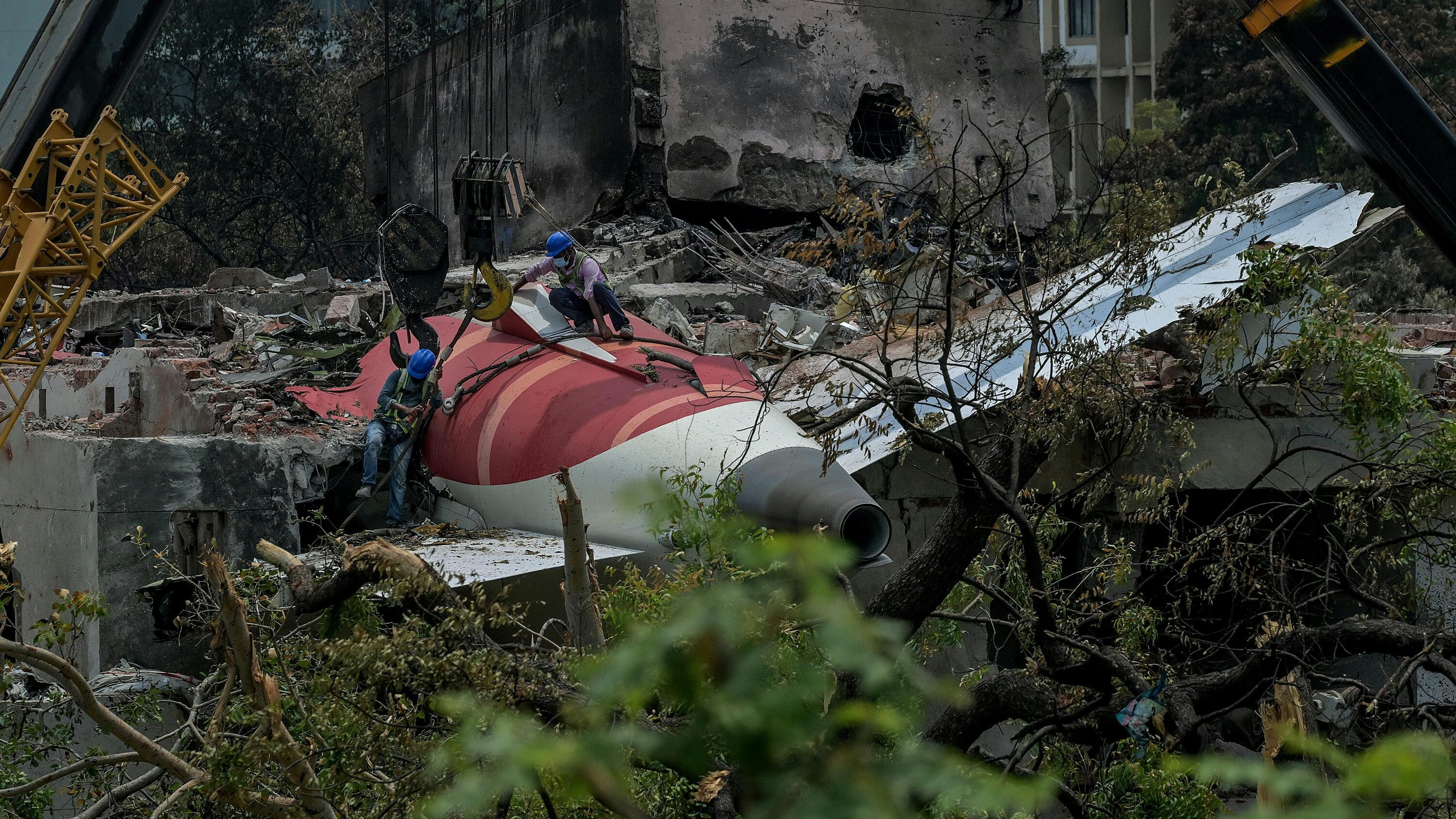
Technical Issue Investigated Hours Before Air India Crash Over Pilot Control of Switch
Technical Issue Investigated Hours Before Air India Crash Amid Pilot Control and Safety Concerns
Investigators probing the Air India crash on June 12 are concentrating on a series of electrical and software malfunctions that may have caused “un-commanded” cockpit actions, particularly involving the engine fuel cutoff switches. According to an official familiar with the inquiry, the investigation seeks to determine whether an “un-commanded transition” of the fuel control switches to the cut-off position occurred seconds after takeoff.
The aircraft crashed less than a minute after departing Ahmedabad en route to London Gatwick, resulting in the deaths of all 260 people on board. Notably, hours before the fatal flight, a pilot operating the same plane from Delhi to Ahmedabad reported a ‘Stabilizer Position Transducer Defect’ in the technical log. This sensor, which governs the aircraft’s pitch by transmitting electrical signals to the flight control system, is vital for ensuring accurate responses to pilot inputs.
Engineering staff addressed the malfunction following Boeing’s prescribed procedures. While the Stabilizer Position Transducer defect is a critical issue capable of causing incorrect flight control responses, including unintended fuel cut-off signals, the official stated it has not been identified as the direct cause of the crash. Nonetheless, investigators are exploring whether it contributed to a broader sensor failure.
Aircraft’s Technical History and Ongoing Investigation
The aircraft’s maintenance records reveal a pattern of technical issues in the weeks preceding the crash. The plane experienced at least two other incidents: an electrical fault that led to a flight cancellation and a false fuel system warning. On December 12, 2024, the same AI-171 flight was grounded due to a major electrical failure, only departing the following day after repairs were completed. Additionally, in 2015, the aircraft made an emergency landing following a Cabin Air Compressor surge, a known problem affecting Boeing 787-8 Dreamliners.
Investigators are meticulously analyzing flight data and technical logs to trace the sequence of errors and evaluate the condition of the aircraft’s electrical and software systems. This includes a comprehensive review of maintenance records and recurring malfunctions throughout the aircraft’s operational life.
The crash has intensified scrutiny of Air India’s pilot training and cockpit procedures, with regulators examining the airline’s adherence to safety directives. Industry experts highlight that confusion surrounding the operation of engine fuel cutoff switches remains a central focus of the investigation, raising concerns about both technical reliability and crew response protocols.
The incident has also had wider repercussions. Air India’s stock price has come under pressure amid adverse publicity, while competitors have responded by launching enhanced safety audits and pilot training programs to reassure passengers and distance themselves from the controversy.
As families of the victims await answers, the investigation continues to explore both technical and operational factors behind the tragedy, with particular attention to the interaction between aircraft systems, pilot actions, and airline safety culture.
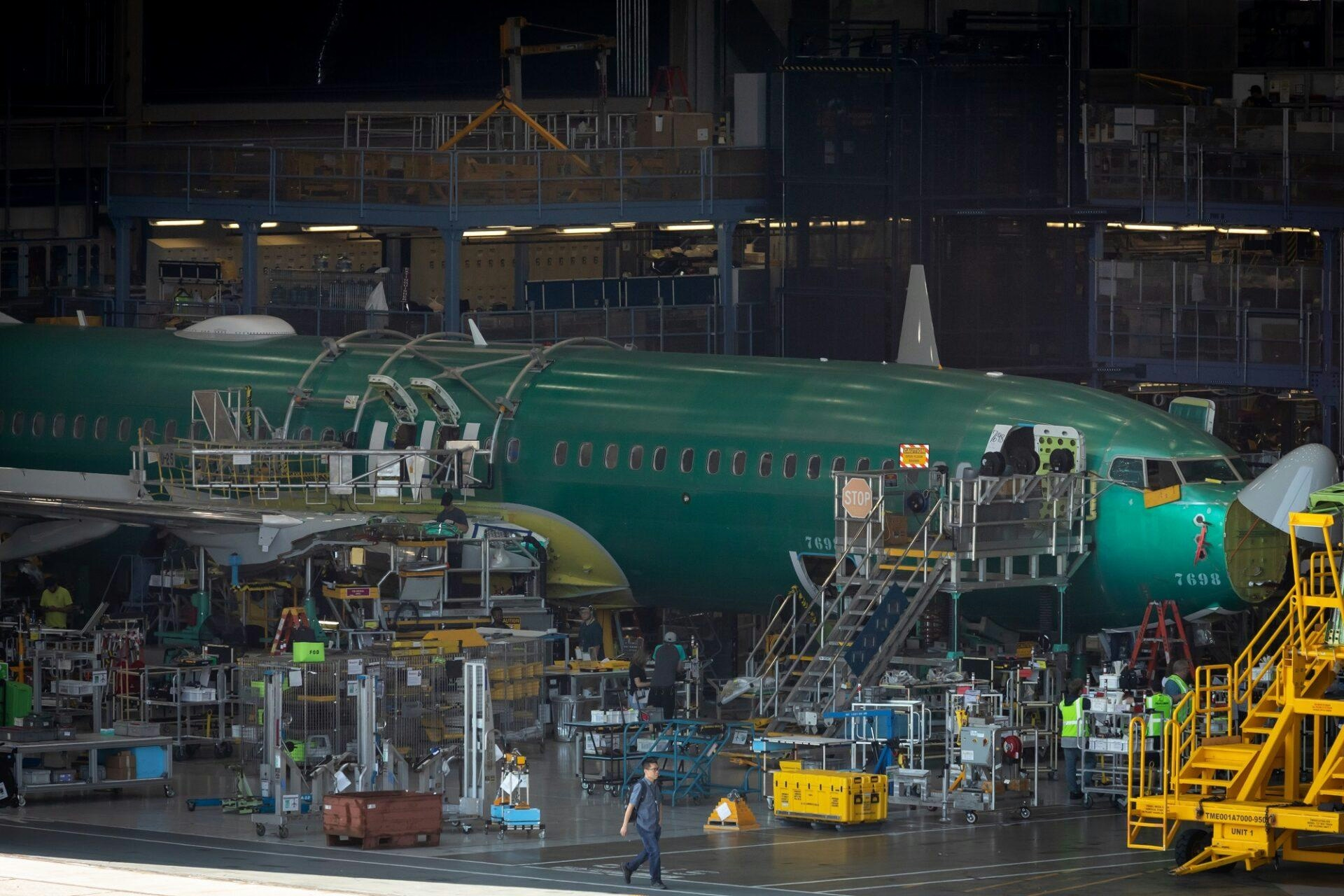
Japan Orders 100 Boeing Jets Amid Rising Supply Chain Concerns
Japan Commits to 100 Boeing Jets Amid Complex Supply Chain Challenges
Early today, the White House announced that Japan has agreed to purchase 100 Boeing aircraft manufactured in the United States, accompanied by increased annual investments in U.S. defense equipment. This significant procurement aims to strengthen interoperability and alliance security within the Indo-Pacific region. However, the announcement comes at a time when the global aviation industry is contending with severe supply chain disruptions and escalating tariff pressures, complicating the fulfillment of such large-scale orders.
Supply Chain Strains and Labor Shortages
Beneath the diplomatic success lies a more intricate reality. The commercial aviation supply chain continues to struggle with the lingering effects of the COVID-19 pandemic. A considerable number of highly skilled aerospace workers, many with decades of specialized experience, exited the workforce during the downturn and have yet to return. This exodus has created a critical skills gap, as the expertise required for aerospace manufacturing is highly specialized and not easily transferable to other industries.
The labor market dynamics further exacerbate these challenges. While aerospace professionals often transition between companies such as Boeing and SpaceX, opportunities outside the sector remain limited, particularly for assembly mechanics and other specialized roles. Additionally, rising military expenditures, especially in Europe, have prompted a talent shift from commercial to military aerospace sectors. This migration places additional strain on civilian aircraft production, with European manufacturers like Airbus and its extensive supply network particularly vulnerable. The demand for aerospace skills, however, remains a global phenomenon.
Strategic Implications of Japan’s Order
Japan’s substantial order arrives amid these industry-wide difficulties. Although the precise details of the deal have not been disclosed, the volume suggests a combination of civilian and potentially military aircraft. Heightened regional security concerns, driven by China and North Korea, likely influence Japan’s procurement strategy. The order is expected to include commercial models such as the Boeing 737 MAX, 787, and 777X, alongside advanced military platforms including fighters and patrol aircraft. For Boeing, the composition of this order is crucial, as certain programs require new business more urgently than others.
Industry leaders have expressed apprehension that ongoing supply chain disruptions, coupled with shifting global tariff regimes, may hinder the timely delivery of such large orders. Recent discussions among aerospace executives have emphasized the necessity to reevaluate vendor networks and explore sourcing options from countries less impacted by tariffs. The U.S. aviation industry, valued at approximately $1 trillion, faces significant risks as tariff negotiations continue to reshape trade flows and market dynamics.
Despite these challenges, Boeing benefits from ongoing trade diplomacy, securing major international contracts as U.S. partners make concessions in tariff discussions. These developments are expected to influence market behavior and compel competitors to adjust their strategies accordingly. As the tariff landscape evolves, airlines and manufacturers may need to reconsider network planning, capacity deployment, and aircraft acquisition strategies to adapt to the changing environment.
Japan’s commitment to acquiring 100 Boeing jets thus highlights both the opportunities and the persistent challenges confronting the global aviation sector. While the deal reinforces strong U.S.-Japan relations, its ultimate success will depend on the industry’s capacity to navigate enduring supply chain and labor constraints amid an uncertain trade climate.
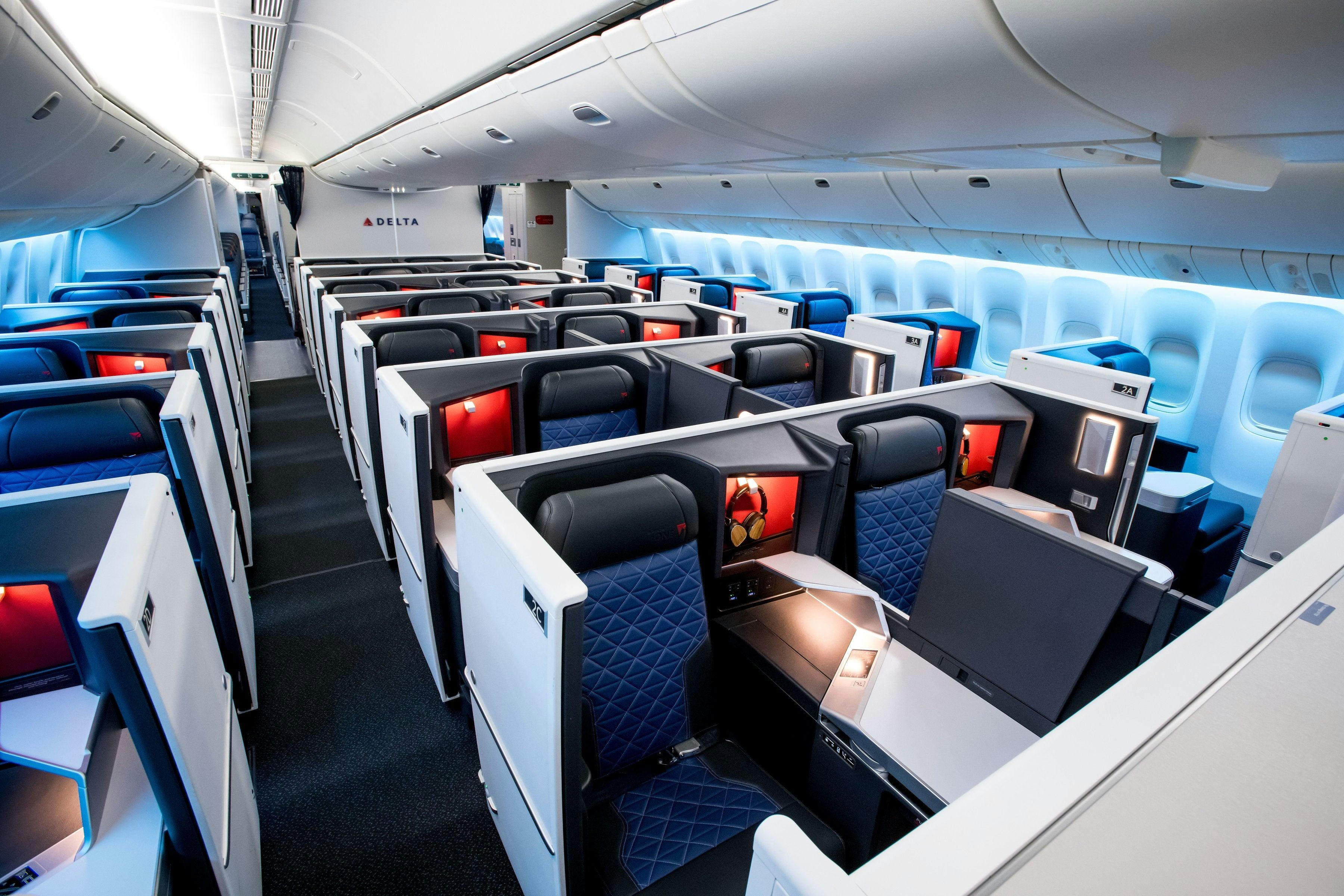
How Delta’s AI Pricing Could Impact the Cost of Flying
How Delta’s AI Pricing Could Impact the Cost of Flying
Current Trends in Airfare Pricing
Despite widespread perceptions of rising travel costs, flying today is more affordable than it has been in years. Nominal airfares, unadjusted for inflation, are approximately 12% lower than they were in February 2020. Over the same period, the overall consumer price index has increased by 24%, creating a significant disparity between general inflation and airfare costs. When adjusted for inflation, airfares are now 41% cheaper than a decade ago, with June 2025 marking the second-lowest month ever recorded for inflation-adjusted fares.
Delta’s AI Initiative and Industry Response
Amid this backdrop, Delta Air Lines has introduced artificial intelligence to assist in setting ticket prices, a development that has attracted scrutiny from lawmakers and consumer advocates. Delta’s president, Glen Hauenstein, described the AI system as “a super analyst” operating continuously to optimize fares. As of late 2024, AI was applied to roughly 1% of Delta’s fares, with plans to expand this dynamic pricing model to cover up to 20% of domestic fares by the end of 2025.
This expansion has raised concerns about potential increases in airfare and reduced pricing transparency. Critics, including Democratic Senator Ruben Gallego of Arizona, have labeled the approach as “predatory pricing” and pledged to challenge what they consider unfair practices. Consumer advocacy groups have also expressed apprehension about AI-enabled individualized pricing, warning that it could result in less predictable and potentially higher costs for travelers.
The Evolution and Complexity of Airfare Pricing
Dynamic pricing in the airline industry is not a novel concept. Prior to deregulation in the late 1970s, airfares were fixed, typically at six cents per mile. Deregulation allowed airlines to set their own prices, leading to a significant reduction in fares and making air travel accessible to a broader population. Today, more than half of Americans fly annually, a stark contrast to the era when flying was predominantly a luxury for the wealthy.
Over time, airfare pricing has shifted from standardized rates to dynamic models that fluctuate by the week, day, or even hour. While this evolution has generally lowered prices, it has also introduced complexity and confusion for consumers. It is common for passengers on the same flight to pay vastly different amounts for identical seats, with some flights featuring over a hundred distinct ticket prices.
Implications of AI-Driven Pricing
The integration of AI into this already intricate pricing system has intensified debate. Proponents argue that AI-powered dynamic pricing can help airlines optimize seat occupancy and potentially reduce costs further. However, critics caution that this technology may exacerbate price volatility and diminish transparency. AI-driven individualized pricing could obscure what constitutes a fair fare, potentially leading to higher costs for certain travelers.
As Delta and other carriers continue to adopt AI-based pricing strategies, the broader consequences for consumers and the future of dynamic pricing across industries remain uncertain. For the foreseeable future, travelers should anticipate ongoing fluctuations in airfare, with technological advancements playing an increasingly influential role in determining ticket prices.
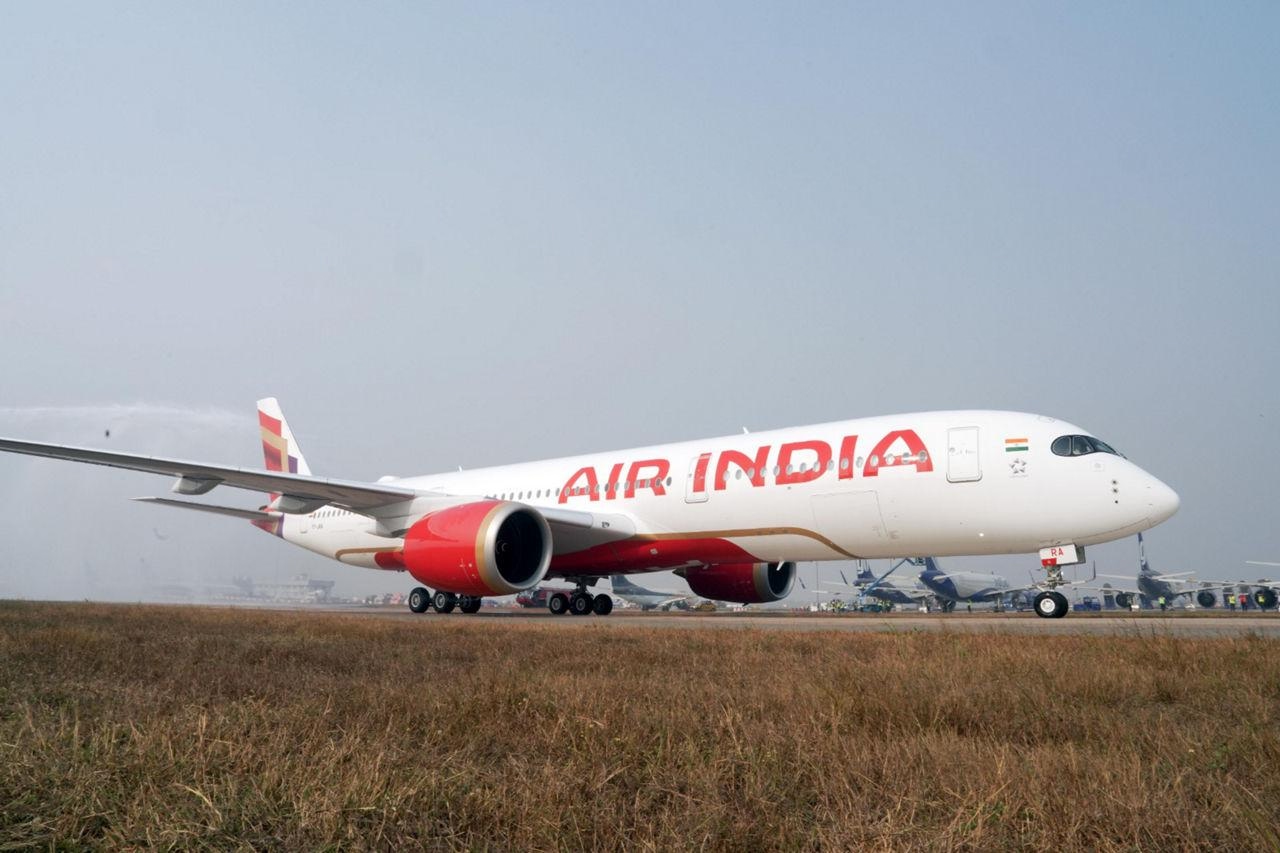
Air India Announces Delivery Schedule for A321neo, A350-1000, and 787-9 Aircraft
Air India Announces Delivery Schedule for A321neo, A350-1000, and 787-9 Aircraft
Major Fleet Modernization Underway
Air India Group, now under the ownership of the Tata Group, is advancing a landmark fleet renewal initiative that promises to transform its operational capabilities and competitive positioning within the Indian aviation sector. Central to this effort is an unprecedented order of 570 aircraft, among the largest in the history of commercial aviation. This extensive acquisition includes the latest models from Airbus and Boeing, notably the A321neo, A350-1000, 787-9 Dreamliner, and 777-9. These additions are expected to significantly expand Air India’s capacity and modernize its fleet.
Delivery Timeline and Deployment Plans
To date, the Air India Group—which comprises both Air India (AI) and Air India Express (IX)—has taken delivery of six Airbus A350-900s alongside more than 40 Boeing 737 MAX aircraft. The next phase of this fleet expansion is scheduled to commence in mid-2025, with the introduction of the first A321neo, A350-1000, and 787-9 Dreamliner aircraft. This phase represents a critical step in the airline’s strategy to increase capacity and enhance service offerings.
Air India Express will be the initial operator of the new A321neo, launching scheduled services from April 15, 2025. The inaugural routes will connect Delhi (DEL) with Bengaluru (BLR) and Srinagar (SXR), with subsequent expansions on April 20 to include Ayodhya (AYJ) and Jaipur (JAI). The A321neo will be configured with 180 economy seats and 12 business class seats, providing improved passenger options on key domestic routes. Currently, Air India operates two A321neos (registrations VT-RTC and VT-RTD) in a 192-seat dual-class layout.
Supply Chain Challenges and Operational Adjustments
Despite the progress, Air India continues to grapple with significant supply chain disruptions. CEO Campbell Wilson has acknowledged ongoing difficulties in procuring essential components such as engines, fuselages, and premium cabin seats. These challenges are expected to cause delivery delays from both Airbus and Boeing, potentially affecting the airline’s growth trajectory for the next four to five years. In response, Air India is extending the operational lifespan of older aircraft, which entails increased maintenance costs, and is facing obstacles in leasing additional planes due to global shortages. The airline is also exercising prudence regarding further Boeing orders amid manufacturing and regulatory constraints.
Widebody Fleet Expansion: A350-1000 and 787-9
The first A350-1000 destined for Air India is nearing completion at Airbus’s Toulouse facility and is anticipated to be delivered in 2026. Currently registered as F-WZFI, the aircraft will soon be re-registered under the VT-series for Indian operations. Concurrently, the initial Boeing 787-9 Dreamliners from the 2023 order are expected to arrive by the end of 2025. Three 787-9s are presently in production at Boeing’s Charleston, South Carolina plant, equipped with General Electric GEnx-1B engines.
Order Composition and Market Implications
Air India’s comprehensive 570-aircraft order includes 20 A350-900s, 20 A350-1000s, 140 A320neos, and 70 A321neos from Airbus, alongside 20 787-9 Dreamliners, 10 777X, and 190 737-8 MAX aircraft from Boeing. Additionally, a 2024 order comprises 10 more A350s and 90 A320 Family aircraft. This sweeping modernization is anticipated to provoke strategic responses from rival carriers, who may reassess their fleet plans in light of Air India’s expanded capacity. Industry analysts expect this development to intensify competition and elevate passenger service standards across the Indian aviation market.
Commitment to Sustainability and Efficiency
Air India’s investment in next-generation aircraft reflects a strong commitment to operational efficiency, passenger comfort, and environmental stewardship. The new A350 and 787-9 models offer substantial fuel savings and reduced emissions, aligning with global efforts to promote sustainable aviation. As these aircraft enter service from mid-2025 onward, Air India is positioned to lead the industry’s transition toward eco-friendly, high-capacity air travel.
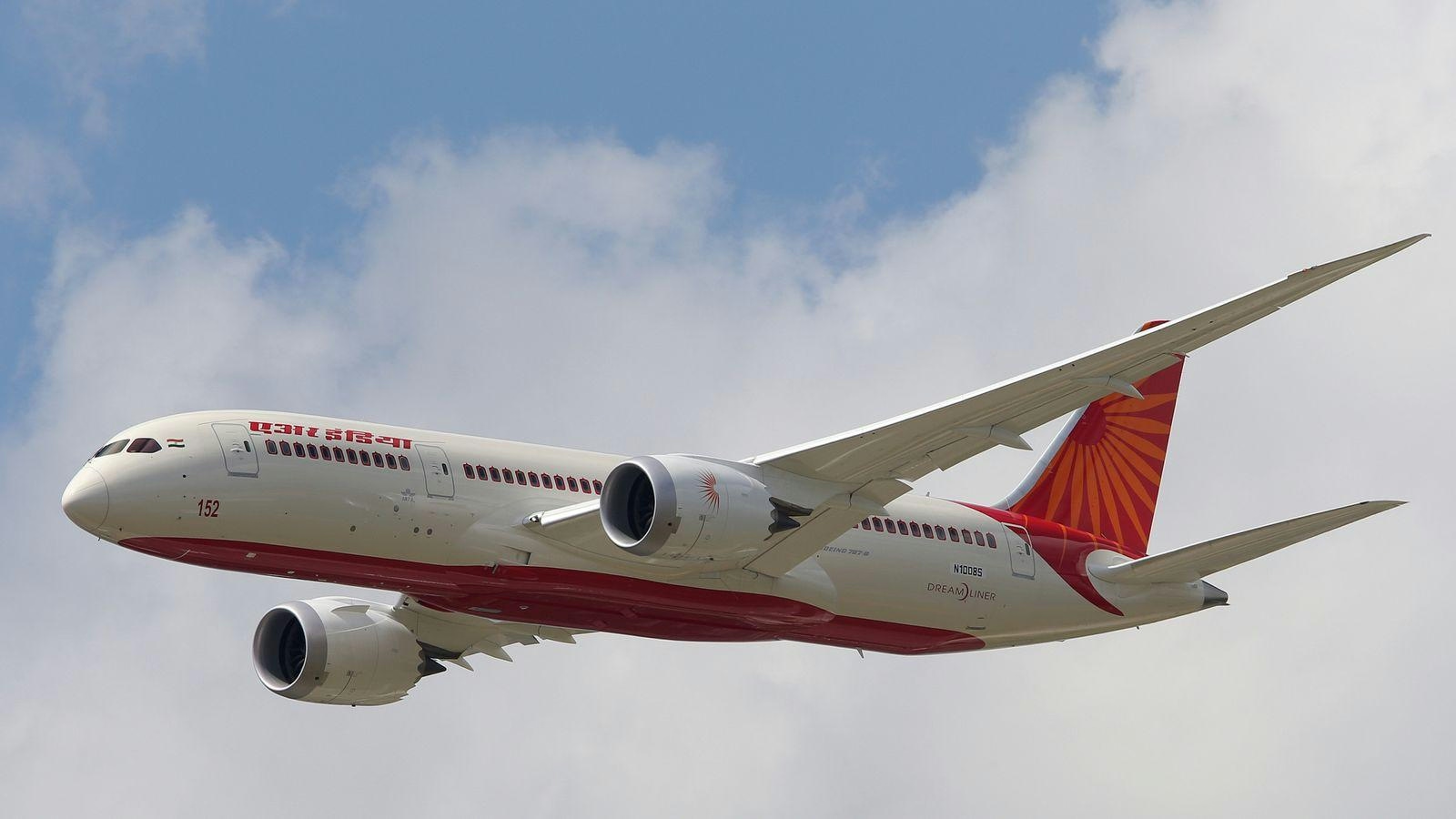
Aviation Expert Suggests Boeing 787 Software May Have Contributed to AI Crash
Aviation Expert Raises Concerns Over Boeing 787 Software in Air India Crash
Mary Schiavo, former Inspector General of the U.S. Department of Transportation and a prominent aviation attorney, has expressed serious concerns that a software-related engine thrust rollback malfunction in the Boeing 787 may have played a role in the recent crash of Air India Flight AI-171. In an exclusive interview with *The Sunday Guardian*, Schiavo highlighted a known issue previously examined by the U.S. National Transportation Safety Board (NTSB), where the aircraft’s computer systems could mistakenly reduce engine thrust during flight.
Drawing on her extensive experience overseeing major air safety investigations and representing families affected by aviation disasters, Schiavo emphasized the risks posed by Boeing’s involvement in its own crash investigations. She called on India’s Directorate General of Civil Aviation (DGCA) to undertake a comprehensive and independent inquiry, particularly given the complexity of the Boeing 787’s software systems.
Software Malfunction and Regulatory Concerns
Central to Schiavo’s warning is the Thrust Control Malfunction Accommodation (TCMA) system, mandated by the Federal Aviation Administration for the Boeing 787. The TCMA operates in conjunction with the Full Authority Digital Engine Control (FADEC) system, relying on computer inputs to determine whether the aircraft is airborne or on the ground. If these systems incorrectly classify the aircraft’s status, they may automatically adjust engine settings, potentially reducing thrust without any pilot intervention.
Schiavo referenced a 2019 incident involving Japan’s All Nippon Airways (ANA), where a similar dual engine thrust rollback occurred. The NTSB investigation into that event identified the issue as a software design flaw and led to corrective measures across the 787 fleet. According to Schiavo, such computer-triggered thrust reductions would leave distinct signatures in the flight data recorder, which investigators should carefully analyze in the case of AI-171.
Wider Implications for Boeing and the Aviation Industry
The possibility that Boeing 787 software contributed to the Air India crash is expected to heighten scrutiny from aviation regulators worldwide. Should software faults be confirmed, both Boeing and Air India could face significant legal consequences. The incident may also prompt a broader reassessment of software-related risks within the 787 fleet. Schiavo drew parallels to Boeing’s handling of the MCAS software issue, which previously sparked global controversy and regulatory intervention.
Beyond regulatory and legal ramifications, the crash carries immediate consequences for the global aviation insurance market. Industry analysts warn that insurance and reinsurance premiums could increase, particularly in India, where the aviation insurance sector has already been grappling with financial losses. Competitors may leverage the situation to highlight their own safety records and technological advancements, potentially affecting Boeing’s market position.
For Air India, the crash presents a critical challenge to its Vihaan.AI transformation program, which aims to elevate the airline to world-class status within five years. The investigation’s outcome and the airline’s subsequent response will be closely monitored by regulators, insurers, and the traveling public.
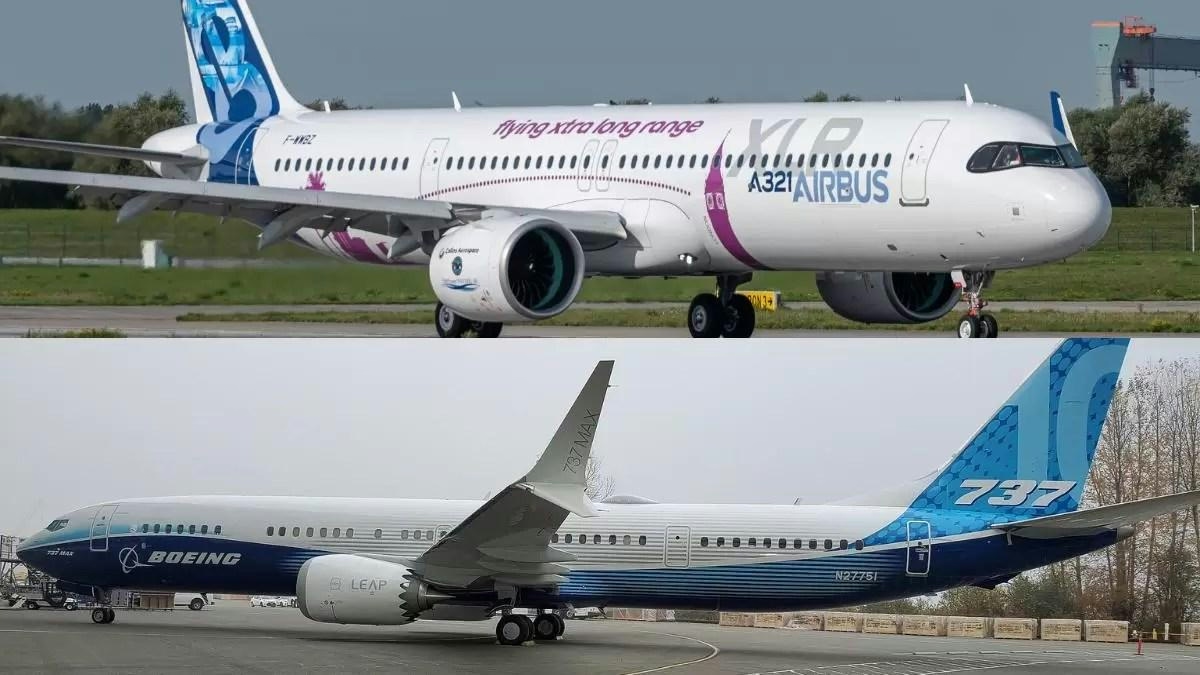
Fuel Efficiency Comparison: Boeing 737 MAX and Airbus A320neo
Fuel Efficiency Comparison: Boeing 737 MAX and Airbus A320neo
The Boeing 737 MAX and Airbus A320neo families continue to dominate the narrowbody commercial airliner market, with airlines paying close attention to their fuel efficiency and operational costs. Among these two, the Airbus A320neo is generally regarded as having a modest advantage in fuel efficiency, a factor that has bolstered its widespread adoption by carriers around the globe.
Engine Technologies and Performance
Both aircraft families are equipped with advanced turbofan engines, though their configurations differ. The Boeing 737 MAX exclusively utilizes the CFM International LEAP-1B engine, whereas the Airbus A320neo offers operators a choice between the CFM International LEAP-1A and the Pratt & Whitney PW1100G-JM. While the LEAP-1A and LEAP-1B share core technological features, they exhibit notable distinctions. The LEAP-1A, powering the A320neo, delivers thrust up to 35,000 pounds-force, compared to the LEAP-1B’s 28,000 pounds-force. It also boasts a higher bypass ratio of 11:1 versus 8.6:1 and slightly different pressure ratios, factors that contribute to its marginally superior fuel efficiency.
The physical design of these engines reflects the airframe constraints of their respective aircraft. The 737 MAX, derived from a 1960s airframe with a lower ground clearance, requires the LEAP-1B to have a flattened underside to maintain adequate clearance. In contrast, the A320neo’s LEAP-1A is larger, measuring 11 feet in length and weighing approximately 6,631 pounds, compared to the LEAP-1B’s 10.3 feet and 6,128 pounds.
Industry experts, including MTU Aero Engines, generally consider the LEAP-1A to be more efficient and potentially less costly to maintain than the PW1100G-JM. However, the differences remain marginal, and both engines enjoy strong popularity among airlines. The slight edge in efficiency and operational costs has made the LEAP-1A the preferred choice for many A320neo operators, although the PW1100G-JM continues to maintain significant market share.
Certification Status and Market Developments
As of mid-2025, only the Boeing 737 MAX 8 and MAX 9 variants have received FAA type certification, with the MAX 7 and MAX 10 still pending approval. Meanwhile, Airbus is reportedly progressing on the development of a next-generation single-aisle aircraft intended to eventually succeed the A320 family, underscoring ongoing innovation within the sector.
Both manufacturers face emerging challenges from new entrants and evolving market dynamics. Innovative designs such as the Natilus Horizon blended-wing-body airliner could introduce alternative configurations that reshape the competitive landscape. Airlines are also increasingly factoring in maintenance costs and exploring new engine leasing models, exemplified by recent partnerships like that between Air France Industries KLM Engineering & Maintenance and AerCap. Additionally, China’s Comac C919 offers a comparable product, though its market penetration remains limited.
External influences may also affect the competitive balance. Boeing’s involvement in high-profile projects such as NASA’s Artemis program could impact its corporate focus and stock performance, indirectly influencing its position relative to Airbus.
While the Airbus A320neo’s LEAP-1A engine currently holds a slight advantage in fuel efficiency, the competition between these narrowbody aircraft remains close. Ongoing technological advancements and strategic market developments will continue to shape the future trajectory of this critical segment in commercial aviation.
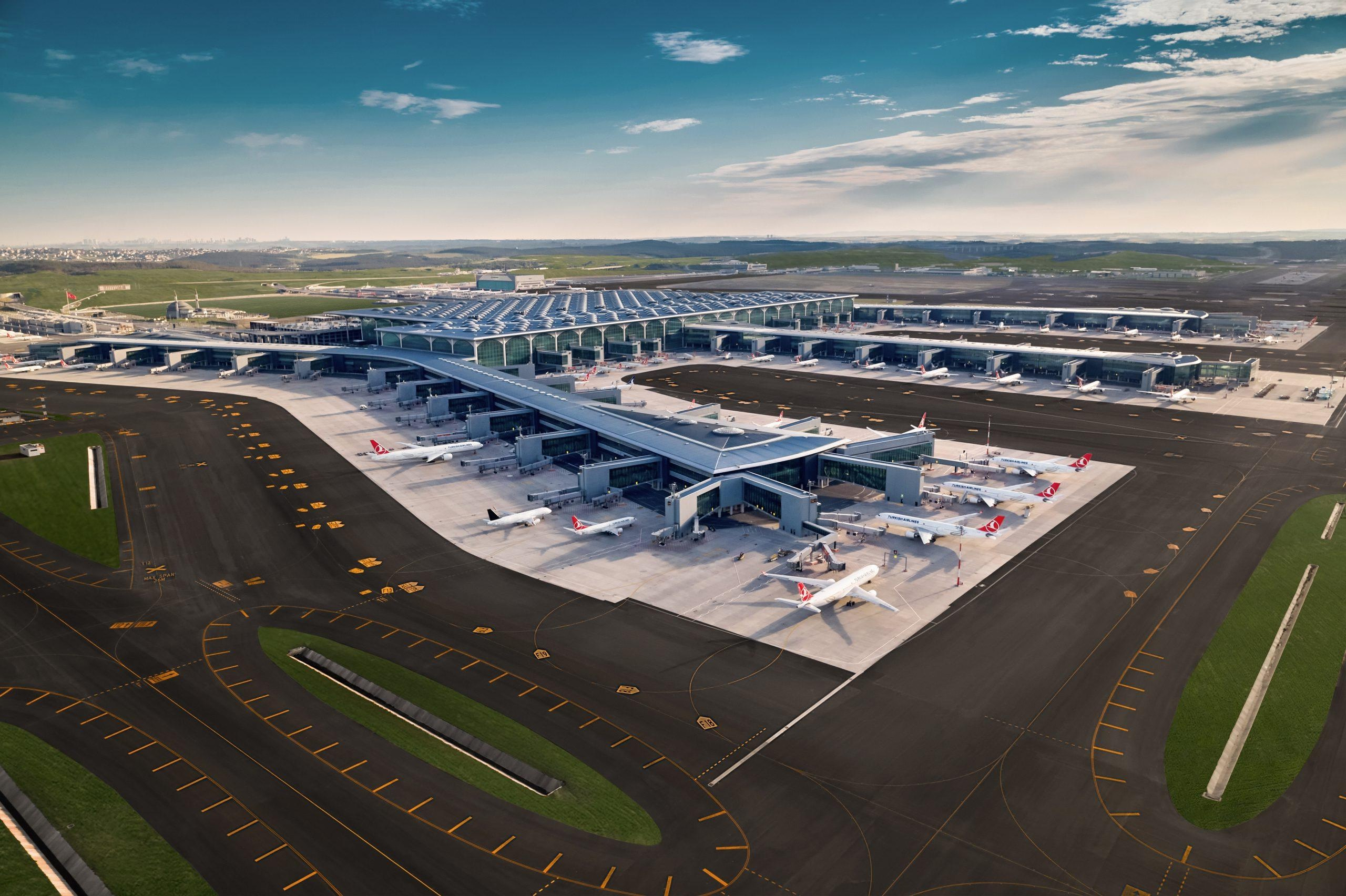
daa and Turkish Airlines Collaborate on AI and Digital Transformation
daa and Turkish Airlines Collaborate on AI and Digital Transformation
Leaders from daa Labs and Turkish Airlines Technology recently showcased their latest advancements in artificial intelligence (AI) and digital transformation at the APEX FTE EMEA and Ancillary & Retailing events held in Dublin from 10 to 12 June 2025. Moderated by aviation consultant Andrew Price, the session emphasized how both organizations are harnessing AI, automation, and digital ecosystems to redefine the passenger journey and enhance operational efficiency.
Dublin Airport’s Digital Overhaul
Ruairí Kell, Head of Innovation at daa Labs, detailed the team’s efforts to bridge traditional airport IT infrastructure with agile digital experimentation. Kell explained that their primary objective is to translate passenger needs into practical solutions that simultaneously improve the travel experience and operational workflows.
Among the recent initiatives are a redesigned website and mobile application, alongside Dub Rewards, a loyalty program aimed at fostering more personalized passenger engagement. Dublin Airport is also implementing advanced security scanners and dynamic digital signage that adapts to individual passenger profiles, striving to replicate the seamlessness of the physical journey within the digital environment.
On the operational front, the airport is trialing AI-driven smart turnaround technology designed to reduce aircraft turnaround times. This effort is supported by autonomous ground vehicles, foreign object debris (FOD) detection systems, and robotic runway inspections. Additionally, sensor-based facilities management—such as predictive maintenance for restrooms and monitoring of lounge occupancy—further streamlines the airport experience. Retail and service offerings are evolving as well, with the introduction of smart vending machines, interactive duty-free signage, and enhanced onward travel support for arriving passengers.
Turkish Airlines’ Pursuit of Digital Leadership
Hakan Sögüt, Senior Vice President of Customer Solutions at Turkish Airlines Technology, outlined the airline’s ambition to rank among the top three globally for digital passenger experience. Central to this vision is Turkish Airlines Technology, the carrier’s innovation hub, which has introduced several integrated solutions to advance this goal.
The airline has launched a biometric journey system available on domestic flights within Turkey, providing enrolled passengers with a frictionless airport experience. It has also deployed a multimodal AI chatbot powered by large language models to manage customer inquiries across various platforms. Furthermore, the development of an MCP server facilitates scalable deployment of public large language model services, tailored specifically for frequent flyers and tech-savvy travelers. Connectivity enhancements include the TK WiFi platform, which is now operational across lounges, flights, and hubs, while the Turkish Airlines mobile app continues to expand its functionality.
Challenges and Industry Context
Despite the ambitious strides made by daa and Turkish Airlines, integrating advanced technologies into existing legacy systems presents considerable challenges. Data security and privacy remain critical concerns, and the substantial costs associated with AI development and implementation pose significant barriers.
Market reactions have been mixed, with some passengers and stakeholders expressing skepticism about the immediate benefits of AI integration. Meanwhile, competitors are accelerating their own digital transformation efforts, exemplified by recent high-profile partnerships such as the US$95 million AI development deal between Viettel and KT. Airlines worldwide are also reassessing internal AI projects to enhance operational efficiency and improve customer experience.
The collaboration between daa and Turkish Airlines reflects a broader industry trend toward smarter, more personalized, and efficient air travel, even as the sector navigates the complexities inherent in rapid technological change.
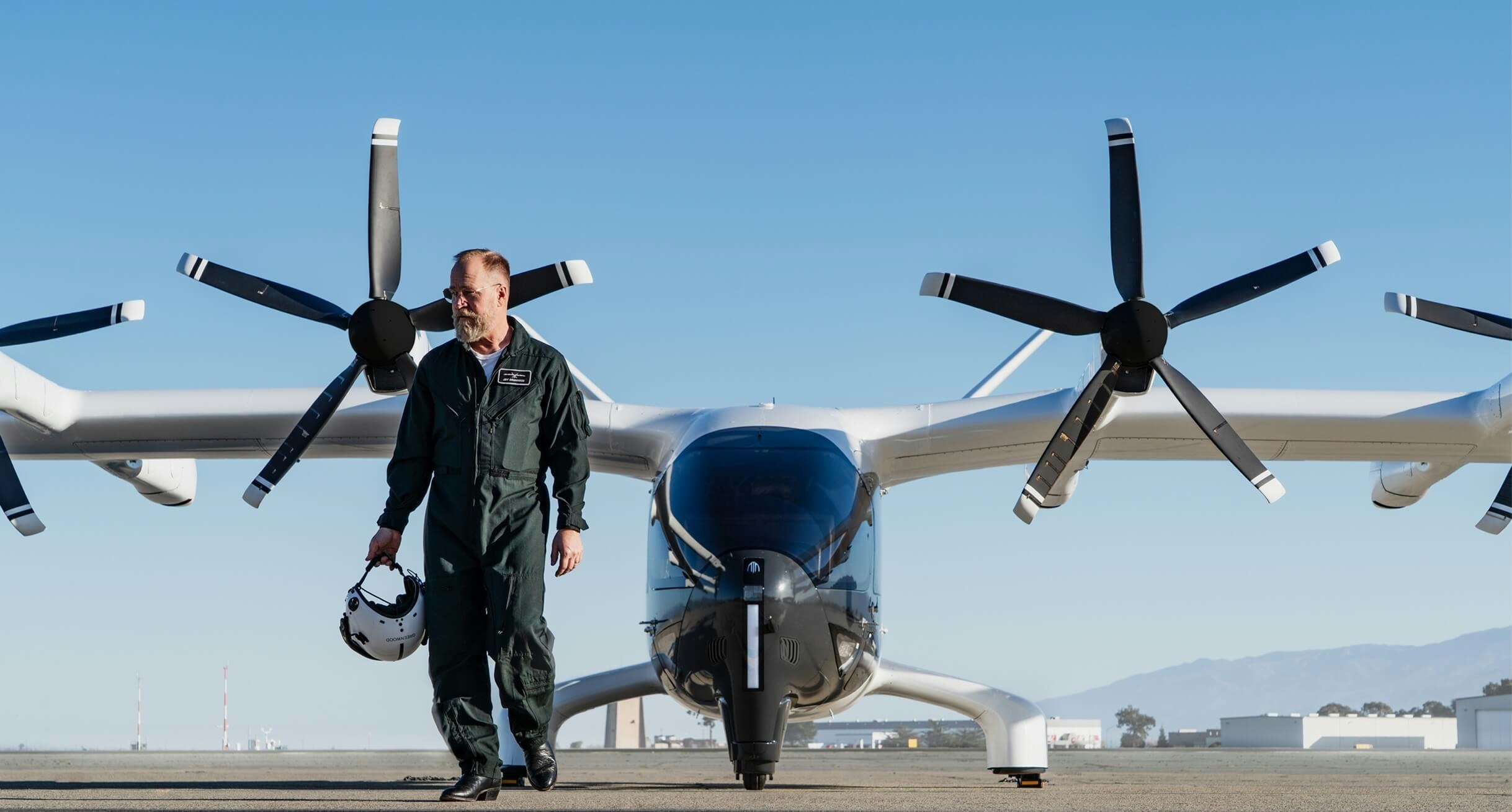
Archer Expands Hiring Ahead of Saudi Flying Taxi Launch
Archer Expands Hiring Ahead of Saudi Flying Taxi Launch
Archer Aviation, the US-listed electric vertical take-off and landing (eVTOL) company supported by Boeing and United Airlines, is accelerating its recruitment efforts in Saudi Arabia amid the kingdom’s intensified push to establish commercial flying taxi services in the Gulf. This move reflects Saudi Arabia’s ambition to rival the United Arab Emirates in the emerging urban air mobility sector.
Strategic Expansion in Saudi Arabia
The California-based firm is actively seeking a general manager to act as its senior-most representative in Saudi Arabia, according to a recent job advertisement. This key position will be responsible for navigating regulatory approvals, cultivating local partnerships, and managing the commercial deployment of Archer’s air taxi operations in Riyadh. The company’s expansion aligns with Saudi Arabia’s broader strategy to fast-track its eVTOL initiatives, following Archer’s substantial investment agreement with the Abu Dhabi Investment Office earlier this year.
Archer’s entry into the Saudi market comes at a time when its competitor, Volocopter, has encountered significant setbacks. Volocopter, which had been designated as the exclusive air taxi provider for Saudi Arabia’s high-profile Neom giga-project and received a $175 million investment from Neom in 2022, filed for insolvency late last year. Subsequently acquired by China’s Wanfeng Group, Volocopter’s restructuring and delays have opened a window of opportunity for Archer to strengthen its regional presence.
The Neom project itself, a $500 billion cornerstone of Crown Prince Mohammed Bin Salman’s Vision 2030, has faced challenges including budget cuts and a strategic reassessment of its ambitious 105-mile linear city, The Line. These difficulties stem from a growing national budget deficit and rising debt levels, adding complexity to the kingdom’s futuristic urban development plans.
Progress and Challenges in the Gulf eVTOL Market
Archer aims to commence its first commercial air taxi services in the UAE as early as 2026. In Abu Dhabi, the company is also recruiting a deputy general manager and a head of international infrastructure to oversee the development of vertiports, essential hubs for eVTOL operations. The company recently initiated test flights in Abu Dhabi, with CEO Adam Goldstein highlighting the importance of operating in the region’s extreme summer conditions to gather critical data for both commercial deployment and certification processes in the UAE and the United States.
Despite Archer’s forward momentum, the global eVTOL industry remains nascent and faces considerable challenges, including safety certification, regulatory approval, and the establishment of necessary infrastructure. The Gulf region, however, offers a comparatively expedited path to market due to centralized regulatory frameworks, state-controlled airspace, and government-led investments aligned with broader economic diversification goals.
Archer also contends with competition from other eVTOL developers, notably Joby Aviation, which has recently conducted test flights in Dubai and is actively pursuing strategic partnerships within the region. Industry observers are closely monitoring investor responses to Archer’s advancements in Abu Dhabi, as well as the competitive dynamics shaped by Joby and other players in the emerging flying taxi market.
As Saudi Arabia and the UAE vie to become leaders in urban air mobility, Archer’s expansion underscores the growing momentum and intensifying competition shaping the Gulf’s evolving flying taxi landscape.
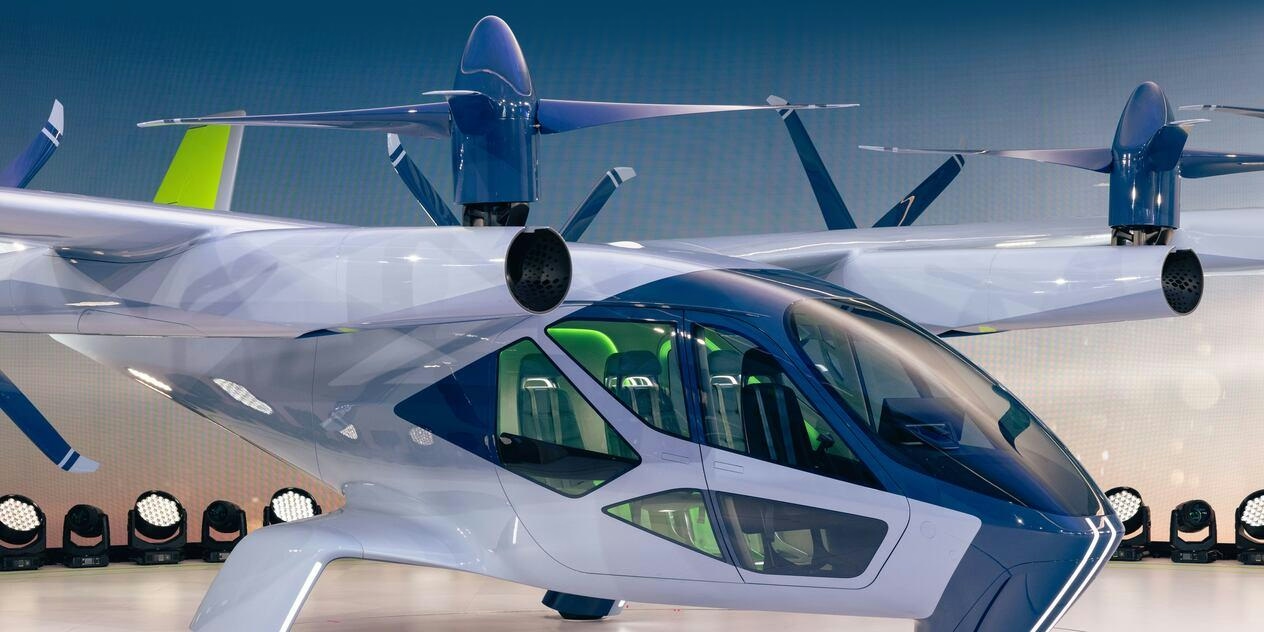
Hyundai’s Supernal Startup Lays Off 53 Employees in California Amid Shift to Flying Taxi Production
Hyundai’s Supernal Startup Lays Off 53 Employees in California Amid Shift to Flying Taxi Production
Hyundai’s electric vertical takeoff and landing (eVTOL) startup, Supernal, has announced the layoff of 53 employees across its California operations, representing roughly 10% of its local workforce. This reduction reflects the company’s strategic pivot from technology development toward the certification and production phases of its flying taxi program.
Workforce Reductions and Organizational Realignment
The layoffs affect 25 employees at Supernal’s headquarters in Irvine, 27 at its Fremont facility in the Bay Area, and one at its Mojave site, according to a filing with California’s Employment Development Department. These job cuts, which began on June 30 and are expected to be permanent, will reduce Supernal’s total workforce to approximately 500 employees. The company relocated its headquarters from Washington, D.C., to Irvine two years ago as part of its broader expansion efforts.
Veronica Grigoriou, a spokesperson for Supernal, described the layoffs as part of an “organizational realignment” aligned with the company’s transition toward product development. She emphasized that the decision was made after careful consideration of the company’s roadmap, available resources, and objectives for the remainder of the year.
Certification Timeline and Production Challenges
Supernal is currently navigating the Federal Aviation Administration’s (FAA) certification process, with plans to initiate its application in 2026 and pursue “type certification” for its aircraft by 2028. Despite the workforce reductions, Grigoriou affirmed that the company’s timeline remains unchanged, with production aircraft deliveries still targeted for late 2028. However, a production site for the flying taxis has yet to be finalized.
The layoffs come amid growing challenges for Supernal as it seeks to scale flying taxi production. Industry analysts suggest that workforce cuts may raise doubts about the startup’s ability to meet its ambitious goals. Meanwhile, competitors such as Joby Aviation, Eve Air Mobility, and Amazon Zoox are accelerating their efforts to capture market share in the rapidly evolving air taxi sector. Joby is advancing toward commercial readiness, Amazon Zoox has expanded its self-driving taxi production, and Waymo continues to increase its autonomous taxi operations in California. Regulatory developments, including the National Highway Traffic Safety Administration’s recent easing of rules for self-driving vehicles, further highlight the competitive and dynamic nature of the industry.
Recent Developments and Future Outlook
Supernal has made notable progress in recent months, including conducting tethered flight tests in March and planning untethered demonstrations at its Mojave facility later this year. The company also strengthened its leadership team by appointing David McBride, a former NASA executive, as chief technology officer in March 2024.
The layoffs encompass a broad range of roles, from battery cell test engineers and electrical managers to IT coordinators and project leads. In a letter to the state, Hyunsik Kim, Supernal’s head of human resources, stated that the reductions are intended to support the company’s long-term strategic priorities.
These job cuts were disclosed under the federal Worker Adjustment and Retraining Notification (WARN) Act, which mandates employers to provide at least 60 days’ notice to affected employees when laying off more than 50 workers.
As Supernal advances its transition to production, both the company and the broader advanced air mobility sector face intensified scrutiny and competition ahead of significant milestones, including the LA28 Olympics, where flying taxis are expected to feature prominently.
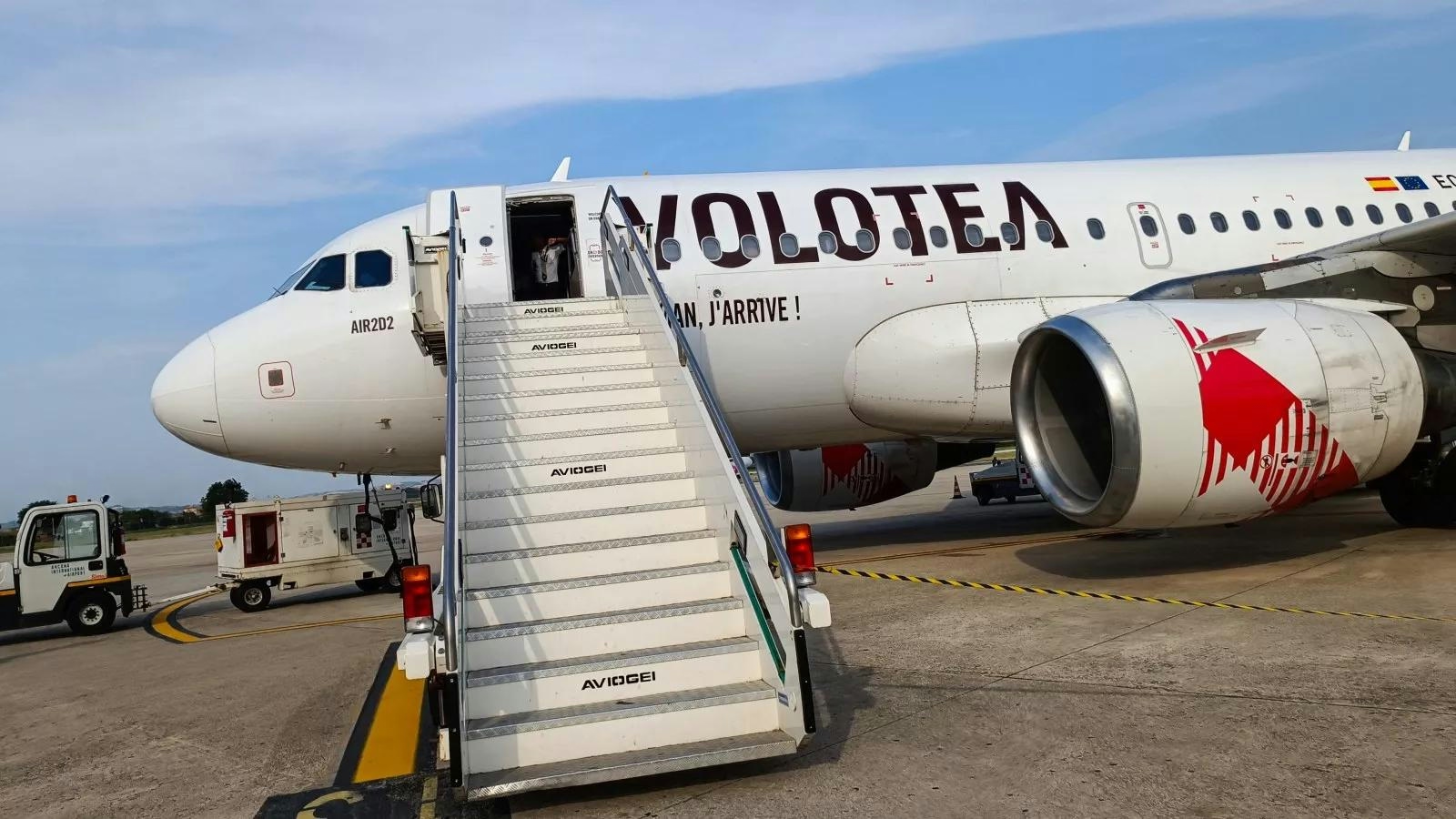
Investigation Launched into Fatal Injury Caused by Volotea A319 Engine at Milan Bergamo Airport
Investigation Launched into Fatal Injury Caused by Volotea A319 Engine at Milan Bergamo Airport
A tragic accident at Milan Bergamo Airport has resulted in the death of a ground worker after being struck by the engine of a Volotea Airbus A319 during taxiing operations. The incident occurred as the aircraft was maneuvering along a taxiway in preparation for departure. Italian authorities have initiated a formal investigation to establish the exact circumstances surrounding the fatality.
Details of the Incident
The accident took place at Milan Bergamo Airport, a key hub for low-cost carriers in northern Italy. The Volotea Airbus A319 involved, a narrow-body aircraft typically deployed on short- and medium-haul routes, was not carrying passengers at the time of the incident. Preliminary reports indicate that the victim, whose identity has not been disclosed, was working in close proximity to the aircraft’s engine when the accident occurred. The flight crew onboard the aircraft were unharmed.
Investigators are currently examining whether the engine was operating at high thrust during the incident and if all standard safety protocols were properly observed. The precise sequence of events remains under review as authorities gather further evidence.
Investigation and Regulatory Response
Italy’s Civil Aviation Authority (ENAC) has launched a comprehensive inquiry focusing on airport safety procedures and the aircraft’s taxiing operations. The investigation seeks full cooperation from Volotea, airport management, and ground personnel to clarify the factors that contributed to the fatal accident.
The inquiry will evaluate whether established safety measures were adhered to and if any technical or procedural lapses played a role. The findings are anticipated to influence future safety protocols and may have wider implications for ground operations across Italian airports.
Airport and Airline Statements
Both Milan Bergamo Airport and Volotea have expressed their condolences to the family of the deceased and have pledged full cooperation with the ongoing investigation. Airport officials confirmed that the accident occurred during routine taxiing and noted that overall airport operations were not significantly disrupted. They also emphasized their commitment to reviewing and enhancing safety protocols to prevent similar incidents in the future.
A spokesperson for Volotea stated, “We are deeply saddened by this tragedy and are fully cooperating with the authorities to understand the cause of this incident. Our thoughts are with the family of the individual involved, and we are committed to supporting the investigation process in any way possible.”
Broader Implications for Volotea and the Industry
This incident places Volotea under heightened regulatory scrutiny and may expose the airline to compensation claims as well as reputational challenges. Should Volotea be publicly traded, market reactions could include fluctuations in its stock price. Competitors within the industry may respond by reinforcing their own safety measures and issuing public reassurances to maintain customer confidence.
The tragedy highlights the critical importance of strict adherence to ground safety protocols, particularly in the vicinity of active aircraft engines. Modern jet engines, such as those fitted on the Airbus A319, present significant hazards if safety procedures are not rigorously enforced. The ongoing investigation will be closely monitored by industry stakeholders and the public alike.
For further updates, official statements from Volotea and Italian aviation authorities should be consulted.
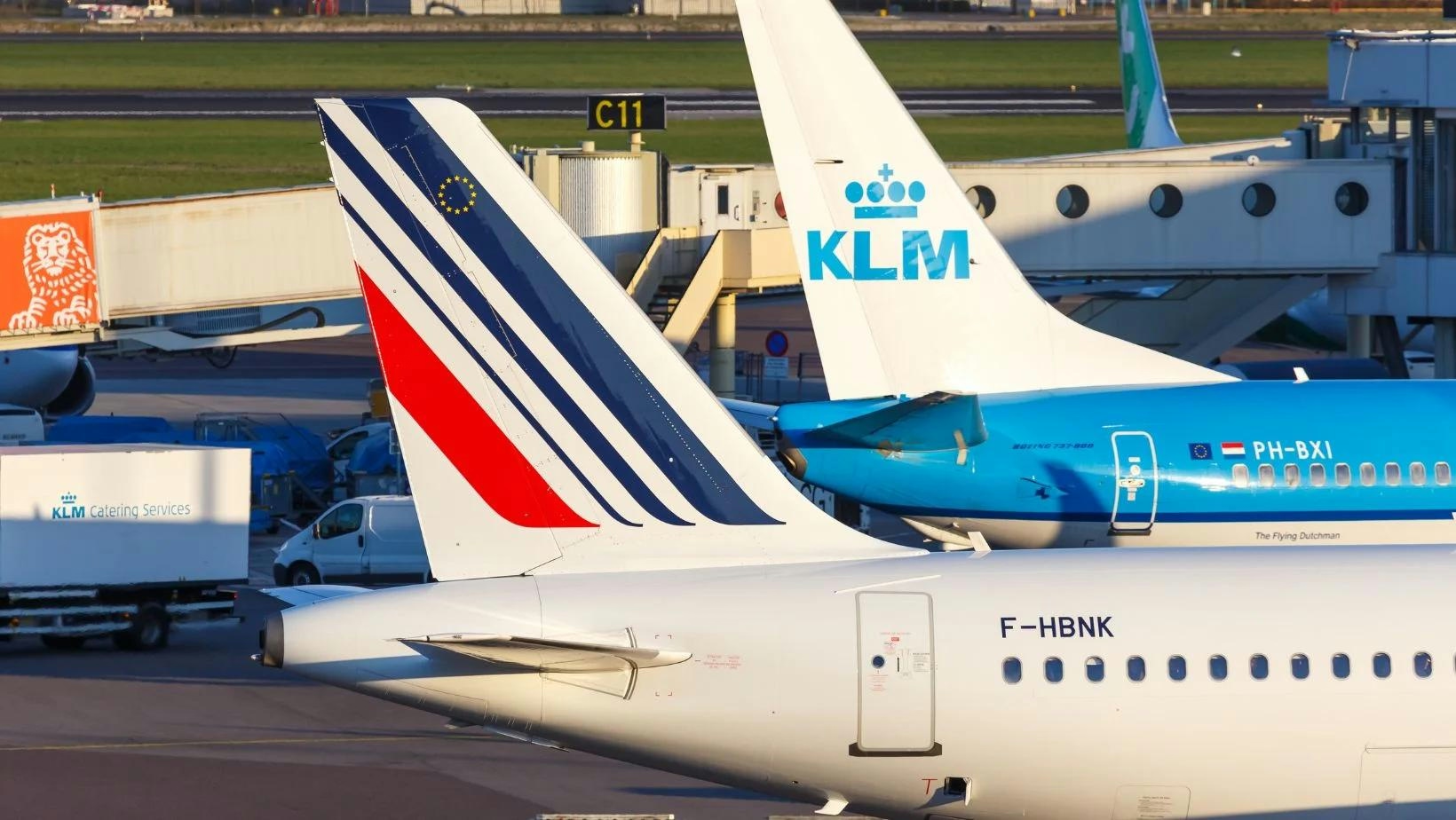
Air France-KLM Develops Cloud-Based AI Platform to Support Business Transformation
Air France-KLM Develops Cloud-Based AI Platform to Support Business Transformation
Air France-KLM has introduced a dedicated generative AI platform designed to accelerate innovation and operational transformation across its airline group. Developed in partnership with Accenture and Google Cloud, this new AI “factory” is hosted on Google Cloud and built with Accenture’s expertise. It provides a scalable framework for testing, managing, and deploying generative AI, agentic, and machine learning models tailored specifically to the airline’s operational needs.
Driving Innovation Across Operations
The generative AI platform is already delivering measurable benefits in key areas such as ground operations, engineering and maintenance, and customer service. By enabling the airline to identify and scale high-value use cases more efficiently, the platform leverages shared tools, methodologies, and cross-functional expertise. Air France-KLM reports that the transition from experimentation to enterprise-ready deployment has accelerated development speed by more than 35%.
This initiative builds on prior collaborations between Accenture and Air France-KLM aimed at modernizing the airline’s digital infrastructure, including migrating critical applications to the cloud. This foundational work has facilitated faster and more agile deployment of AI capabilities, such as a private AI assistant and retrieval-augmented generation (RAG) tools. These tools combine large language models with internal search functions to support complex tasks, including diagnosing and repairing aircraft damage.
Empowering Teams and Addressing Challenges
A key objective of the project is to empower internal teams to apply AI to practical business challenges. Through co-hosted ‘GenAI Days,’ employees have been trained to utilize the platform’s tools to develop solutions that generate tangible business impact, including cost savings and new revenue streams.
Despite these advances, integrating AI into existing operations presents significant challenges. Air France-KLM must navigate issues related to data security, regulatory compliance, and the complexities of embedding AI within legacy systems. As the airline industry increasingly adopts AI technologies, competitors are likely to accelerate their own initiatives or form strategic partnerships, intensifying competition. While early adopters like Air France-KLM may gain a competitive advantage, successful implementation requires careful management and strategic oversight.
Strategic Perspectives from Partners
Sabine Bechelani, managing director for travel and client account lead at Accenture, highlighted the strategic importance of the collaboration, stating, “This demonstrates how investing in a robust cloud-powered digital core strengthens organizational resilience and agility. By leveraging generative AI, we are not only simplifying the journey for customers but also unlocking significant business value.”
Isabelle Fraine, managing director of Google Cloud France, expressed enthusiasm about the partnership’s potential: “We are thrilled to bring the best of our cloud and AI technology to accelerate this business transformation, enhance the group’s operations, and foster the creation of new experiences for travellers.”
Julie Pozzi, head of data and AI at Air France-KLM, described the initiative as a transformative shift beyond technology. She noted, “Thanks to Accenture and Google Cloud, we aim at leveraging generative AI to reinvent the operational backbone of the airline industry. This collaboration will empower us to anticipate and respond to the evolving travel landscape, delivering a truly personalised and transformative experience for every passenger and every operation.”
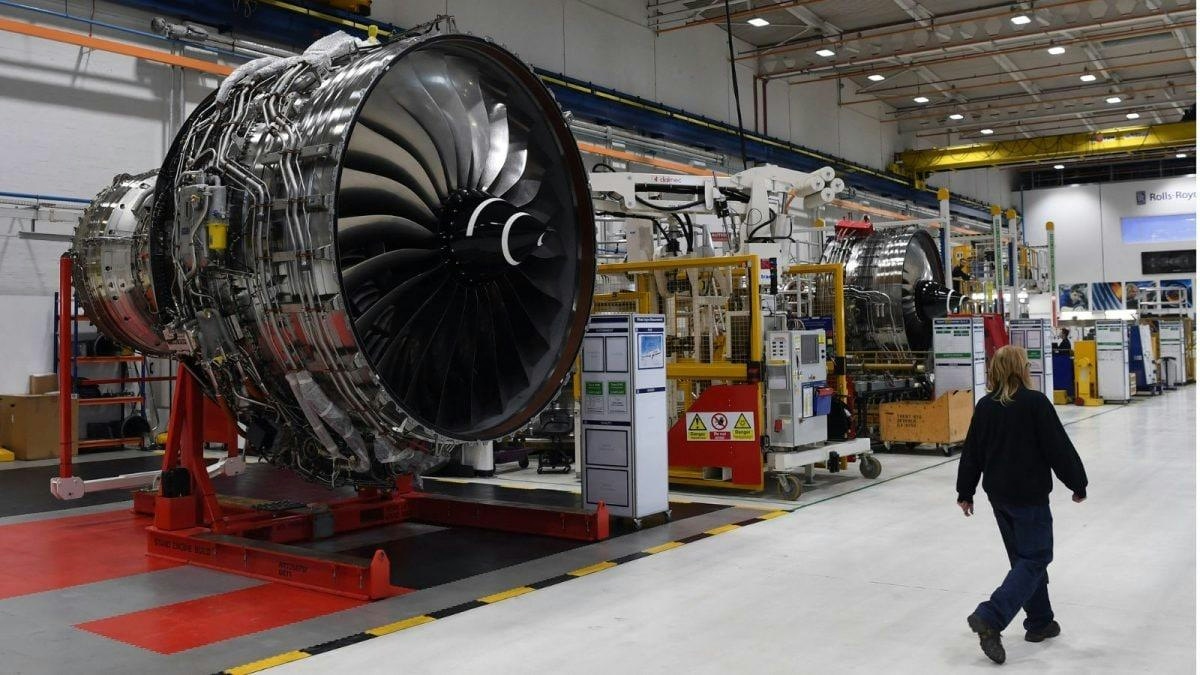
Airbus and Rolls-Royce Secure £5 Billion Deal to Supply Indian Airlines
Airbus and Rolls-Royce Secure £5 Billion Contract to Supply Indian Airlines
Airbus and Rolls-Royce have finalized a landmark £5 billion agreement to supply aircraft and engines to leading Indian airlines, marking a significant development under the recently enacted free trade agreement (FTA) between India and the United Kingdom. Announced on Thursday, the contract forms part of a wider initiative involving 26 British companies expanding their commercial presence in India.
Strengthening India’s Aviation Sector and UK Manufacturing
More than half of the Airbus aircraft destined for the Indian market will be equipped with Rolls-Royce engines, predominantly the advanced Trent XWB model. This collaboration is poised to support India’s rapidly expanding aviation industry by enhancing connectivity and facilitating the growth of its commercial aviation infrastructure. The deal also promises to sustain thousands of jobs across key UK manufacturing sites, including Filton, Broughton, and Derby, where Rolls-Royce maintains its headquarters.
Despite the positive outlook, the aerospace sector faces ongoing challenges. Industry experts have pointed to persistent supply chain disruptions that may affect the timely delivery of aircraft and engines. Furthermore, the agreement is expected to intensify competition within the Indian market, with rivals such as Boeing preparing to increase their aircraft deliveries to Indian carriers. For instance, Akasa Air has announced plans to significantly expand its fleet with additional Boeing aircraft in the coming years.
Broader Economic Impact and Industry Expansion
Market responses to the deal have been varied. While some investors regard the contract as a strategic move to consolidate Airbus and Rolls-Royce’s foothold in one of the world’s fastest-growing aviation markets, others have raised concerns about the financial risks and operational complexities inherent in fulfilling such a large-scale order.
The India-UK FTA aims to reduce or eliminate tariffs on goods and services, with the objective of boosting bilateral trade to $120 billion by 2030 and generating employment opportunities in both countries. The agreement is already catalyzing further investment. International Aerospace Manufacturing Private Limited (IAMPL), a joint venture between Rolls-Royce and Hindustan Aeronautics Limited (HAL), is expanding its Hosur facility with a £30 million investment.
Other British companies are also capitalizing on the improved trade relations. Carbon Clean, a provider of carbon capture technology, plans to invest £7.6 million in establishing a new office in Mumbai. Medical technology firm Occuity has secured a £74.3 million export contract with India’s Remidio Innovative Solutions, while specialty chemicals company Johnson Matthey has obtained contracts exceeding £20 million. Additionally, the Marcus Evans Group, a global business intelligence agency, intends to open a Mumbai office, supported by an export and investment pipeline valued at £69 million over five years.
As Airbus and Rolls-Royce move forward with their commitments, this deal highlights both the opportunities and complexities of operating within a dynamic and competitive global aviation market.
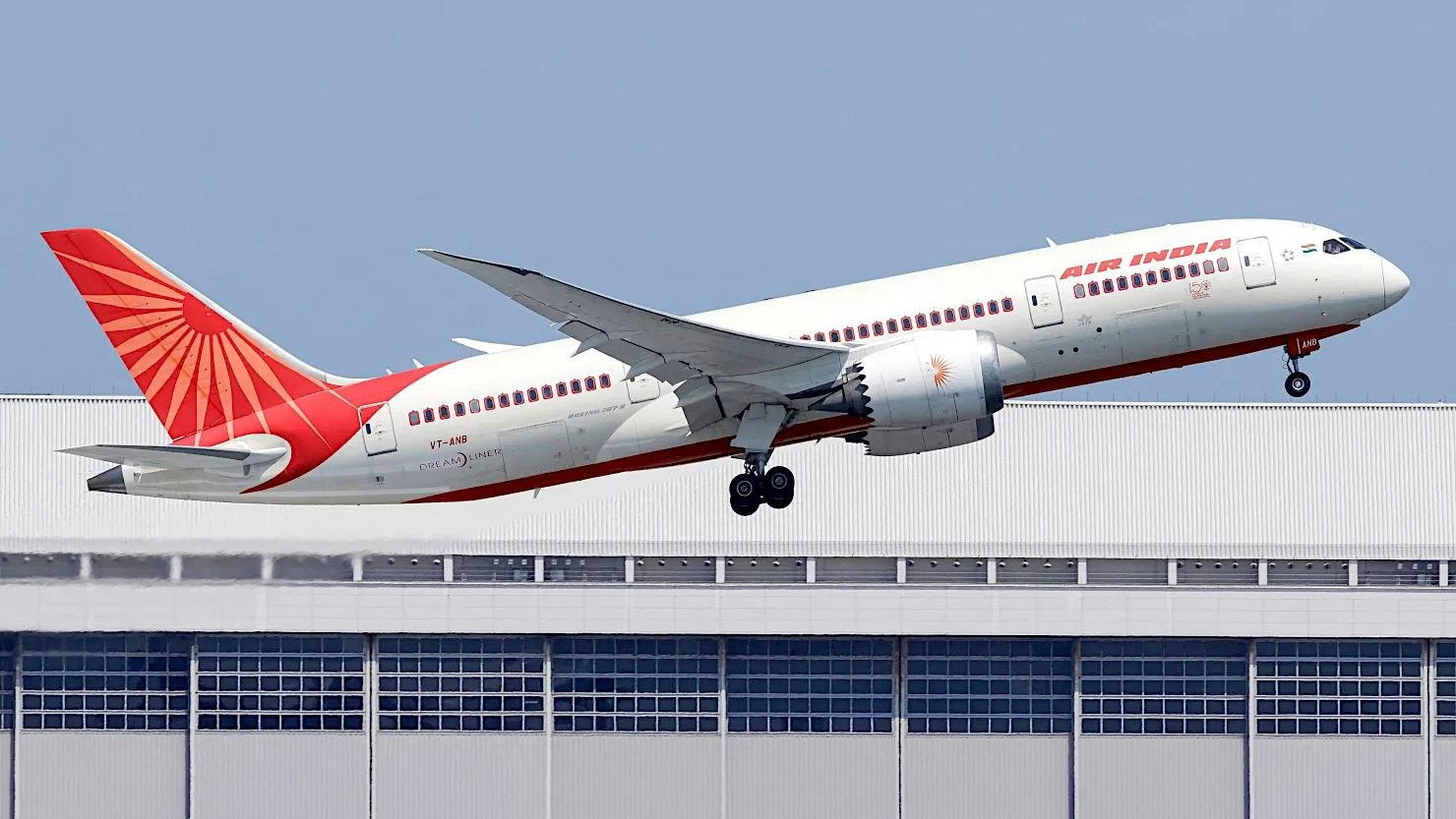
UK Aviation Authority Raised Concerns About Boeing 787 Fuel Switch Before Ahmedabad Crash
UK Aviation Authority Raised Concerns About Boeing 787 Fuel Switch Before Ahmedabad Crash
Early Warnings and Safety Notices
Just weeks prior to the tragic Air India crash in Ahmedabad, the UK Civil Aviation Authority (CAA) issued a safety notice urging operators of the Boeing 787 to conduct thorough inspections of fuel shutoff valves. This advisory highlighted emerging concerns regarding the aircraft’s fuel switch design and the adequacy of existing safety protocols. The warning coincided with increasing scrutiny of Boeing’s fuel system, a focus that was further underscored by a preliminary report from India’s Aircraft Accident Investigation Bureau (AAIB).
Findings from the Investigation
The AAIB’s report revealed critical details from cockpit voice recordings of the ill-fated Air India flight, which indicated confusion among the pilots shortly after takeoff. One pilot questioned why the fuel switch had been turned off, while the other denied having taken such action. The report further stated that both engines lost fuel supply almost simultaneously, within a second of each other, precipitating the crash. Despite the crew’s efforts to reactivate the fuel switches, their attempts came too late to avert the disaster.
The investigation drew particular attention to the manual operation of the cockpit fuel switches. The AAIB suggested that accidental deployment was unlikely, implying that the switches had been deliberately moved to the cut-off position. This finding has intensified scrutiny of Boeing’s fuel system design and raised questions about whether current safety measures are sufficient.
Regulatory Responses and Industry Impact
In response to these concerns, the UK CAA’s notice mandated that Boeing 787 operators perform detailed inspections of fuel shutoff valves, ensuring any identified issues were promptly addressed. The directive required engineering teams or flight crews to verify valve functionality rigorously, with all procedures documented and subject to approval by the CAA’s Flight Operations Inspector.
Similarly, the Indian aviation regulator ordered inspections of cockpit fuel switches on both Boeing 737 and 787 aircraft operating within the country. The US Federal Aviation Administration (FAA) also issued an Airworthiness Directive targeting a potential unsafe condition related to fuel shutoff valves on Boeing aircraft, including the 787. The FAA’s mandate called for daily checks, comprehensive inspections, and, where necessary, replacement of fuel shutoff valve actuators. Operators were instructed to log any failures and rectify defects in accordance with established safety standards.
The sequence of regulatory warnings followed by the crash has intensified debate over Boeing’s safety protocols and the effectiveness of industry oversight. Aviation experts anticipate that the incident may lead to further regulatory reforms and more stringent safety reviews, not only for Boeing but across the wider aviation sector. This heightened scrutiny has prompted insurers to reassess risk profiles and has raised concerns among some passengers regarding the safety of affected aircraft models.
Boeing’s competitors have responded by emphasizing their own safety measures and engineering standards, aiming to reassure airlines and passengers amid growing apprehension. The UK CAA’s early intervention highlights the vital role of proactive regulatory oversight in identifying and mitigating potential hazards before they culminate in tragedy.
As investigations continue, the aviation industry faces mounting pressure to address design vulnerabilities and strengthen safety protocols, with regulators and manufacturers under close observation from both the public and industry stakeholders.
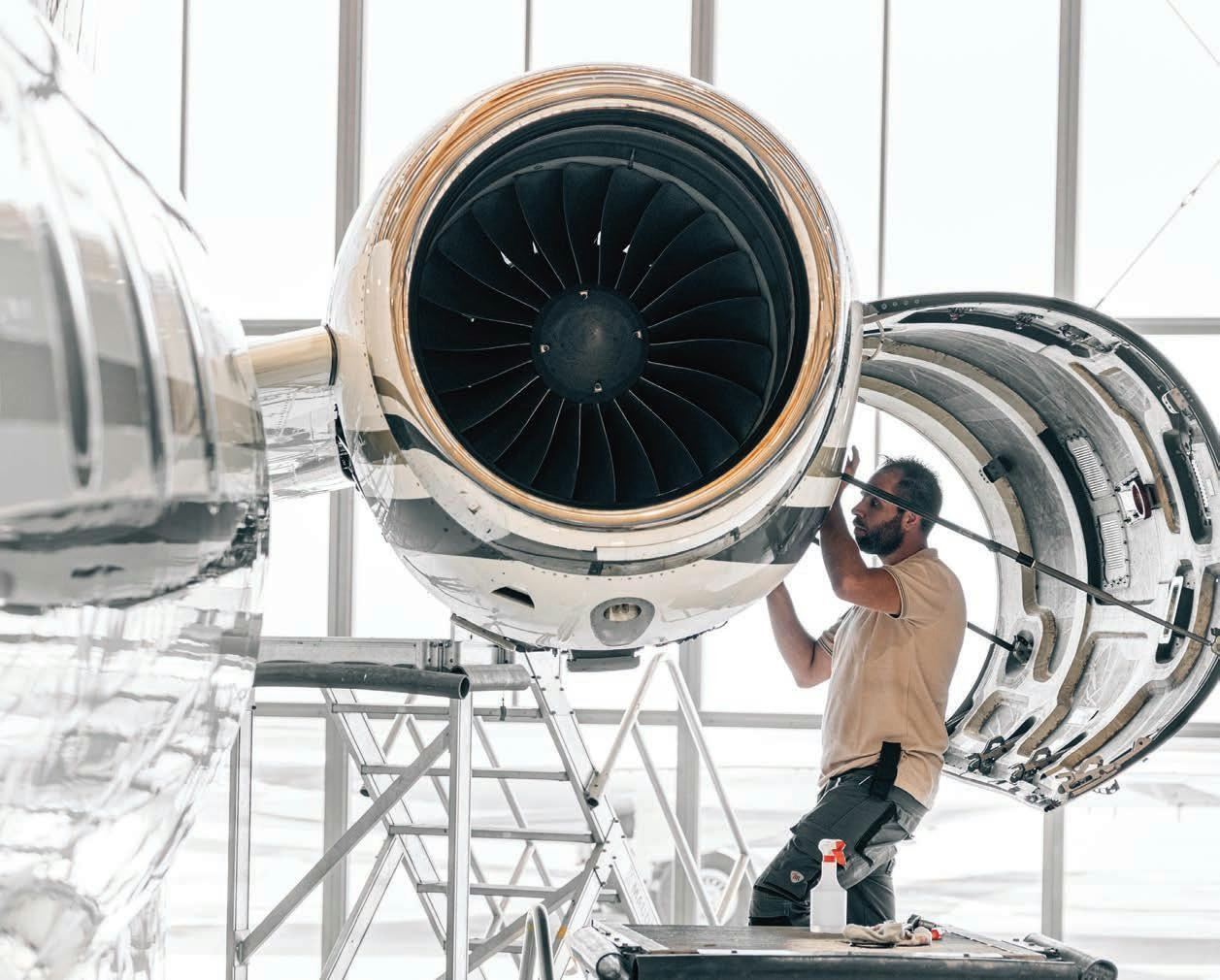
Essential Turbines Inc. Acquires AeroMaritime Mediterranean, Establishes European MRO Hub
Essential Turbines Inc. Acquires AeroMaritime Mediterranean, Establishes European MRO Hub
Essential Turbines Inc. (ETI) has completed the acquisition of AeroMaritime Mediterranean Ltd. (AML), a Malta-based Rolls-Royce authorized maintenance, repair, and overhaul (MRO) center. This strategic move marks ETI’s significant expansion into the Euro-Mediterranean region and establishes its first European MRO hub under the new entity, Essential Turbines Malta. The acquisition complements ETI’s existing North American operations and enhances its global service network.
Expansion of Capabilities and Strategic Growth
With over 45 years of industry experience, Essential Turbines Malta brings a skilled team of 36 MRO professionals and comprehensive AMROC capabilities, including a 1,000 shp test cell and a propeller test stand. These assets are expected to strengthen ETI’s service offerings and operational capacity. Gannon Gambeski, president of ETI, described the acquisition as a pivotal development, emphasizing the company’s commitment to scalable and strategic growth. He highlighted the integration of the Malta team as a continuation of the strong foundation previously established under ITP Aero.
This acquisition aligns with ETI’s long-term strategy to consolidate its leadership in Rolls-Royce RR250/300 engine platforms, advance strategic engine programs through partnerships with original equipment manufacturers (OEMs), and expand its MRO capabilities and regional presence through targeted acquisitions. For customers, the establishment of the European hub promises improved proximity and agility in service delivery across Europe, Africa, and the Middle East. ETI has assured that current service levels will be maintained, with integration efforts focused on enhancing consistency, collaboration, and value across all locations.
Challenges and Market Implications
The expansion into Europe introduces new challenges for ETI, including navigating complex regulatory compliance requirements and ensuring seamless operational integration between its North American and Maltese teams. Additionally, the company faces intensified competition from established European MRO providers, who may respond by enhancing their own service offerings or expanding their market reach.
Despite these challenges, industry observers suggest that ETI’s expansion could attract increased investor interest, reflecting the company’s clear commitment to growth and internationalization. Elias Lebovits, managing partner of Swift Anchor Holdings and ETI’s lead shareholder, underscored the company’s investment in people, platforms, and global reach as key to scaling its mission. He described the acquisition of Essential Turbines Malta as a significant milestone in ETI’s evolution as a high-performance MRO partner to leading operators and OEMs worldwide.
As ETI integrates its new European hub, the company aims to leverage its expanded footprint to deliver enhanced value to customers and reinforce its position in the global MRO market.
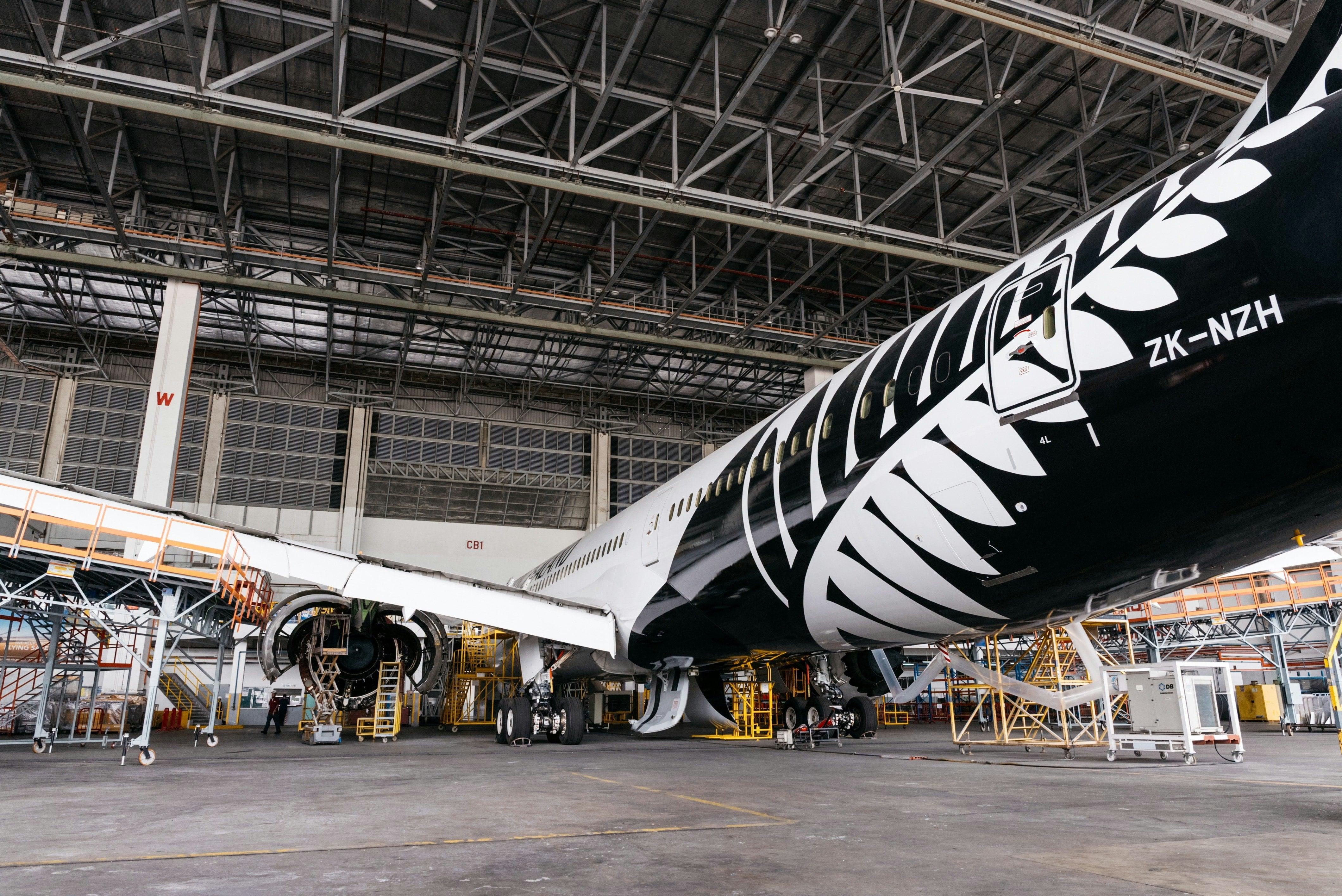
Air New Zealand Partners with OpenAI to Advance AI Integration
Air New Zealand Partners with OpenAI to Advance AI Integration
Air New Zealand has announced a groundbreaking partnership with OpenAI, marking the first collaboration of its kind in New Zealand aimed at accelerating the integration of artificial intelligence (AI) across the airline’s operations. This initiative seeks to enhance operational efficiency, improve customer experiences, and empower employees through the deployment of advanced AI tools.
Expanding AI Capabilities Across the Organization
As one of the earliest OpenAI clients in the Asia-Pacific region, Air New Zealand will gain direct access to OpenAI’s cutting-edge technologies, enabling the airline to develop and implement AI-driven solutions tailored to its specific needs. The partnership will equip 3,500 corporate team members with Companion AI, Air New Zealand’s customized deployment of ChatGPT Enterprise, providing secure, enterprise-grade AI capabilities throughout the organization.
Initial efforts will focus on enhancing customer self-service options and supporting integrated planning for maintenance and operations. The airline is also exploring how data-driven insights can assist staff in making more informed operational decisions. Implementation of OpenAI’s technology is already underway, with the objective of fostering smarter, faster decision-making and delivering sustained value for both employees and customers.
Nikhil Ravishankar, Chief Digital Officer at Air New Zealand, emphasized the strategic importance of the collaboration, stating, “We see AI as an opportunity for our team at Air New Zealand and a way to improve experiences for our customers. By working directly with OpenAI, we not only access leading-edge technology, but we also shape how it’s used in the real world. This collaboration represents more than just access to new tools—it’s a commitment to staying at the forefront of innovation and giving our people the best technology to thrive.”
Custom GPTs and Responsible AI Adoption
A significant element of the partnership involves the use of Custom GPTs within ChatGPT, allowing Air New Zealand to develop tailored AI assistants that reflect the airline’s unique requirements, tone, and knowledge base. This flexibility facilitates the creation of AI solutions addressing specific industry challenges without the need for advanced coding expertise. According to Oliver Jay, OpenAI’s Managing Director of International, Air New Zealand has already developed over 1,500 Custom GPTs to streamline internal workflows, exemplifying a rapid yet responsible approach to AI adoption.
Navigating a Competitive and Evolving AI Landscape
Air New Zealand’s initiative unfolds amid a rapidly shifting competitive environment in the generative AI sector. Microsoft’s existing partnership with OpenAI continues to influence enterprise collaborations, particularly in advertising and cloud services. Meanwhile, competitors are intensifying their efforts: Meta has recently expanded its AI research team by hiring additional OpenAI researchers, and Google has established its own partnership with OpenAI despite the competitive risks involved. These strategic moves highlight the intense competition and evolving dynamics as major companies race to harness the potential of generative AI.
Throughout its AI integration journey, Air New Zealand remains committed to responsible and ethical AI use, prioritizing governance, transparency, and the well-being of both customers and employees. As the airline advances into this new era of innovation, it aims to establish a benchmark for safe and effective AI deployment within the aviation industry.
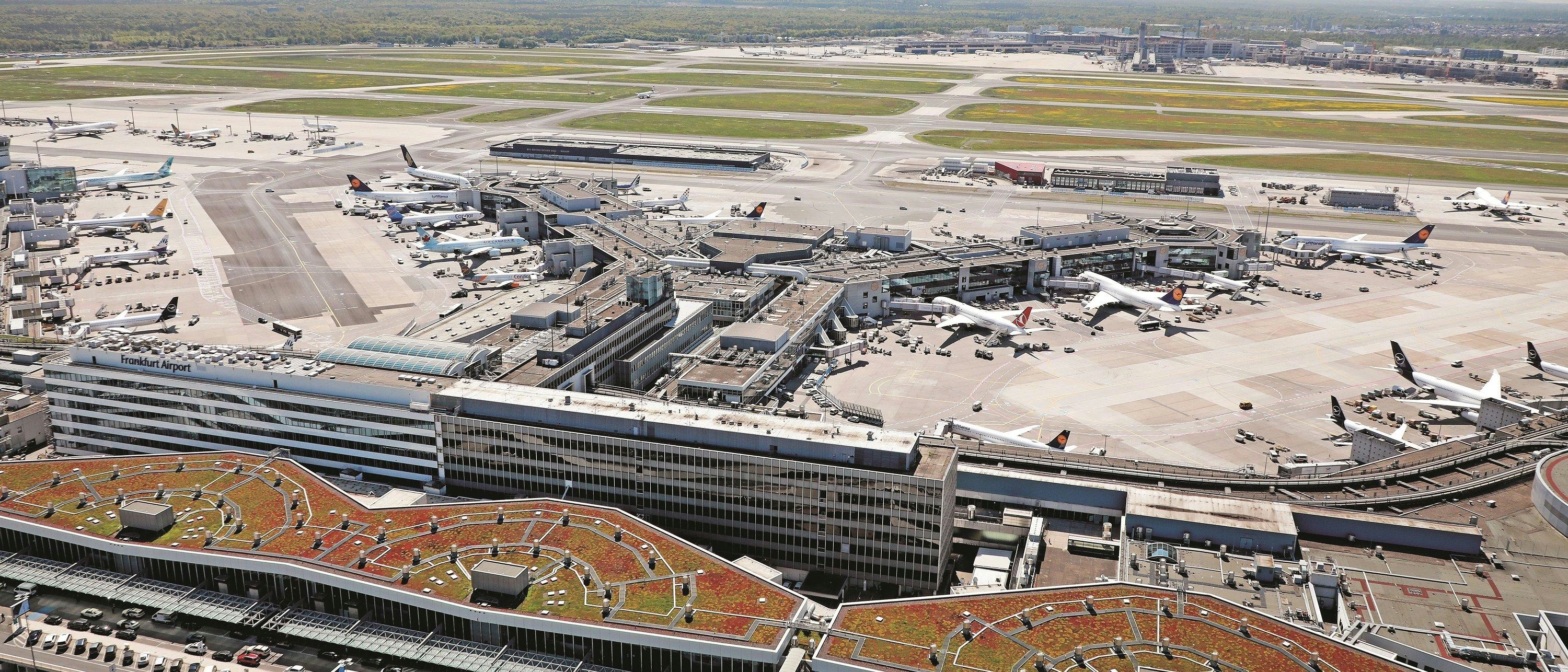
Lufthansa, Fraport, and zeroG Advance AI-Supported Ground Operations at Frankfurt Airport
Lufthansa, Fraport, and zeroG Advance AI-Supported Ground Operations at Frankfurt Airport
Lufthansa and Fraport have entered into a new agreement aimed at optimising aircraft handling at Frankfurt Airport, marking a pivotal advancement in the digital transformation of ground operations. In collaboration with zeroG, a Lufthansa subsidiary, the partners are deploying an artificial intelligence (AI)-powered camera system called ‘seer’. This innovative technology is designed to improve transparency, punctuality, and efficiency throughout the aircraft turnaround process by utilising real-time data.
Enhancing Aircraft Turnaround with AI Technology
The ‘seer’ system employs cameras to monitor every phase of aircraft handling, from the docking of passenger boarding bridges to baggage loading and refuelling. AI algorithms automatically timestamp each operation, significantly enhancing both the volume and accuracy of operational data collected. This data is then consolidated into a centralised database, providing a reliable and unified source of information accessible to all stakeholders involved in ground operations.
Following an intensive development and pilot phase initiated in 2023, Lufthansa and Fraport conducted tests of the ‘seer’ system at selected aircraft parking positions between February and May 2024. The system is currently active at five positions, with plans to expand to 20 by the end of the third quarter. A comprehensive rollout across Frankfurt Airport is anticipated thereafter.
Jens Ritter, CEO of Lufthansa Airlines, emphasised the importance of transparent ground processes in enhancing punctuality and service quality. He noted that the AI-based ‘seer’ solution is a key component in modernising operational workflows. Ritter highlighted that when all partners at Frankfurt Airport share and utilise handling data collaboratively, it fosters greater efficiency and improved on-time performance.
Collaborative Expertise and Broader Implications
Lufthansa contributes its extensive operational expertise to the initiative, while Fraport brings its airport management experience. zeroG is responsible for developing the AI and computer vision technologies central to ‘seer’, ensuring smooth integration with existing operational systems. The enhanced data transparency is expected to benefit all airlines and system partners operating at Frankfurt Airport.
Stefan Schulte, CEO of Fraport AG, underscored the company’s commitment to advancing AI solutions that optimise airport processes, reduce employee workload, and enhance passenger and customer satisfaction. He described the AI-supported turnaround as a prime example of this strategy, noting that improved data visibility allows employees and partners to better coordinate subsequent tasks. This not only improves individual handling processes but also positively impacts overall airport operations.
The implementation of ‘seer’ forms part of the broader HERON consortium initiative, which seeks to reduce aviation’s environmental footprint through more efficient ground operations and optimised air traffic management. Lufthansa, as a participating carrier, faces additional challenges such as rising aviation taxes in Germany, which have constrained airline capacity and intensified competitive pressures. Concurrently, Fraport, serving as President of ACI EUROPE, continues to advocate for stronger policy support and financial incentives to accelerate the adoption of sustainable aviation fuels at competitive prices.
The partnership between Lufthansa, Fraport, and zeroG exemplifies how strategic collaboration and cutting-edge technology can drive operational excellence, sustainability, and international competitiveness at one of Europe’s busiest aviation hubs.
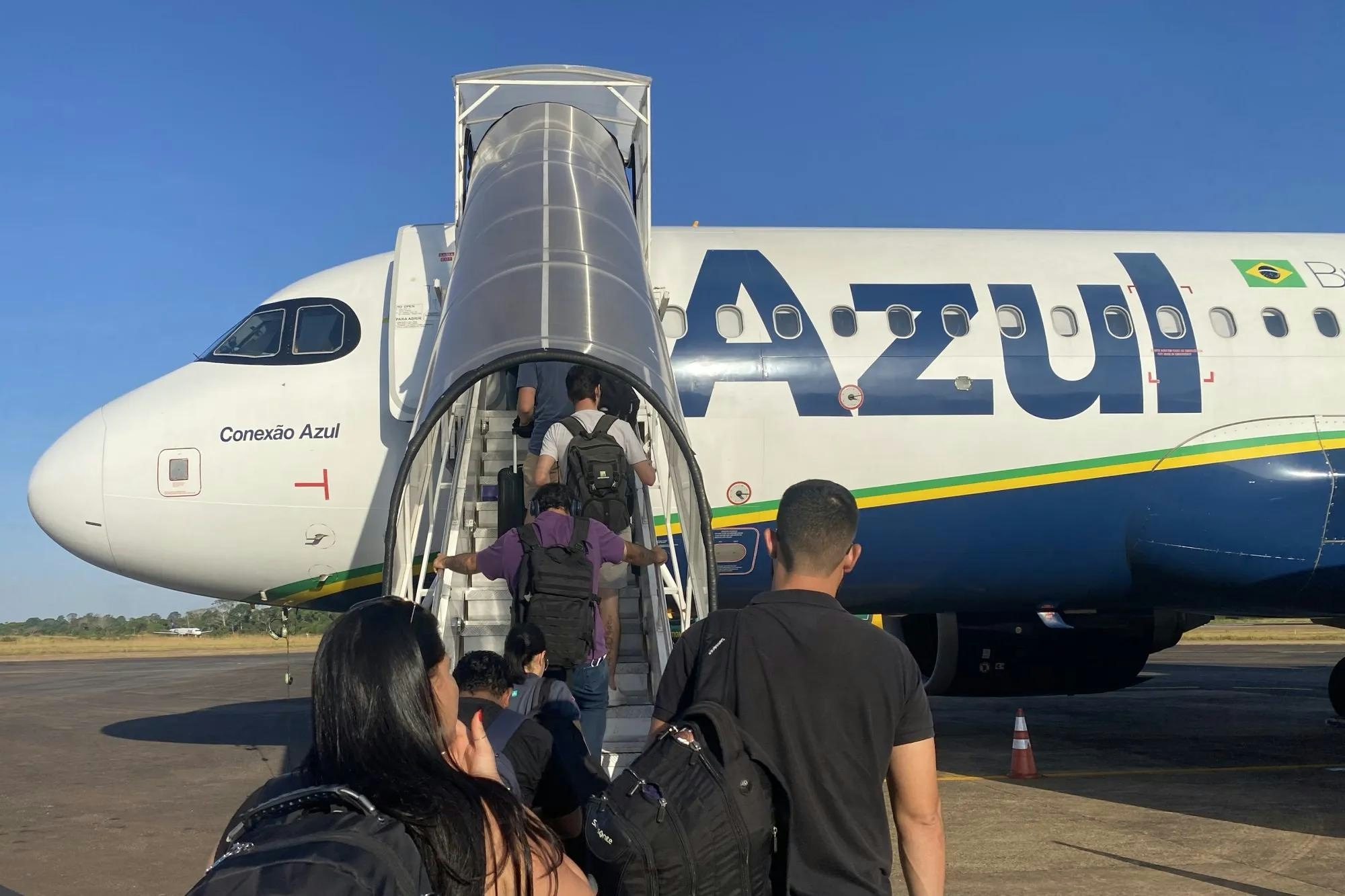
Brazil’s Azul Requests Approval for $1.57 Billion Financing
Brazil’s Azul Seeks Court Approval for $1.57 Billion Financing Amid Economic Uncertainty
Azul Linhas Aéreas Brasileiras has formally requested authorization from the US Bankruptcy Court for the Southern District of New York to secure approximately $1.57 billion in financing as part of its ongoing Chapter 11 restructuring process. The proposed financing package includes $250 million already drawn through interim debtor-in-possession (DIP) loans, $1.1 billion in final loans intended partly to repay pre-petition debts, and up to $221 million in additional contingent loans subject to certain conditions.
Financing Objectives and Debt Refinancing
The airline intends to deploy these funds primarily to support working capital requirements and to refinance existing secured obligations. These obligations include $676 million in superpriority notes, $113 million in bridge notes, $46 million owed to lessor AerCap, and $65 million in convertible debentures. Since filing for Chapter 11 bankruptcy protection earlier this year, Azul has made significant progress in its restructuring efforts, including negotiating the exit of several older aircraft, obtaining key court approvals, and suspending trading on the New York Stock Exchange.
Economic Context and Market Challenges
Azul’s financing request arrives amid a period of heightened economic and financial instability in Brazil. The broader market environment remains uncertain, underscored by the ongoing struggles and debt recovery efforts of major Brazilian corporations such as Oi. This climate has fostered increased caution among investors and creditors, potentially complicating Azul’s efforts to secure financing. Furthermore, competition within Brazil’s aviation sector is expected to intensify as rival carriers seek to strengthen their financial positions and expand market share.
Creditor Committee Support and Conditions
Despite these challenges, Azul’s DIP financing plan has garnered support from the court-appointed Creditor’s Committee. The committee expressed concerns regarding Azul’s liquidity, particularly its limited access to the remaining $421 million in DIP loans and the company’s plan to allocate approximately $900 million toward refinancing pre-petition secured debt. In response to these concerns, the committee negotiated several protections, including the right to investigate and potentially challenge pre-petition secured debt transactions, an extension of the deadline to challenge lenders from 60 to 75 days, and an increase in the investigation budget from $50,000 to $225,000.
In its filing, the committee stated, “Considering the debtors’ need for significant liquidity and lack of viable alternative financing sources, the committee believes that obtaining access to the DIP Facility—especially the increased Final Order Amount negotiated by the committee—is in the best interests of the debtors and their stakeholders.”
As Azul continues to navigate its restructuring amid Brazil’s volatile financial landscape, the outcome of its financing request will be closely monitored by industry observers and competitors alike.

ChatGPT Quickly Identifies Optimal Flights Using Two-Part Prompt
ChatGPT Revolutionizes Flight Booking with Two-Part Prompt
Artificial intelligence is reshaping the way travelers search for flights, making the process faster and more efficient. By employing a simple two-sentence prompt, ChatGPT can now identify optimal flight options, filter results according to user preferences, and facilitate booking—all within seconds.
AI-Enhanced Travel Search Through Operator
At the core of this advancement is Operator, a tool that integrates ChatGPT with Bing Travel to streamline flight searches. Operator eliminates the traditionally time-consuming tasks of browsing multiple websites and comparing prices. Adam Stewart, a TikTok creator specializing in AI and automation, recently showcased Operator’s capabilities to his 105,000 followers. In his demonstration, Stewart requested a direct, daytime flight from Melbourne to Hong Kong for five passengers on April 7, including checked baggage.
The interaction was intuitive: Operator first inquired about the number of travelers and the preferred time of day for the flight. Within moments, ChatGPT presented filtered options that met these criteria, including a Cathay Pacific flight. Stewart remarked on the quality of the options, highlighting the efficiency of the tool.
Simplifying the Booking Process
Beyond identifying suitable flights, Operator also streamlines the booking experience. The platform bypasses traditional login hurdles and directly displays flights that fulfill all specified requirements, such as checked baggage allowance. Users can proceed to book with a single click, significantly reducing friction in the purchasing process. Stewart also noted the option to disable notifications, allowing users to avoid distractions during their search and booking.
The Evolution and Implications of ChatGPT
Launched by OpenAI in November 2022, ChatGPT is a sophisticated language model designed to generate text, answer queries, and even create multimedia content. Its conversational interface enables natural language interactions, making AI accessible to a broad audience. The acronym GPT stands for Generative Pre-Trained Transformer, reflecting the model’s training on extensive digital data.
While AI-powered tools like Operator offer unprecedented convenience, they also introduce challenges. User trust remains a critical concern, as travelers may hesitate to rely entirely on AI for important arrangements. Furthermore, as competitors develop similar technologies, the travel industry is poised for rapid innovation alongside heightened scrutiny regarding data privacy and ethical considerations. The ultimate success of these tools will depend on their ability to deliver reliable experiences while addressing these emerging issues.
As AI continues to transform travel planning, solutions such as ChatGPT’s Operator are setting new benchmarks for efficiency, even as the industry grapples with questions of trust, competition, and ethical responsibility.
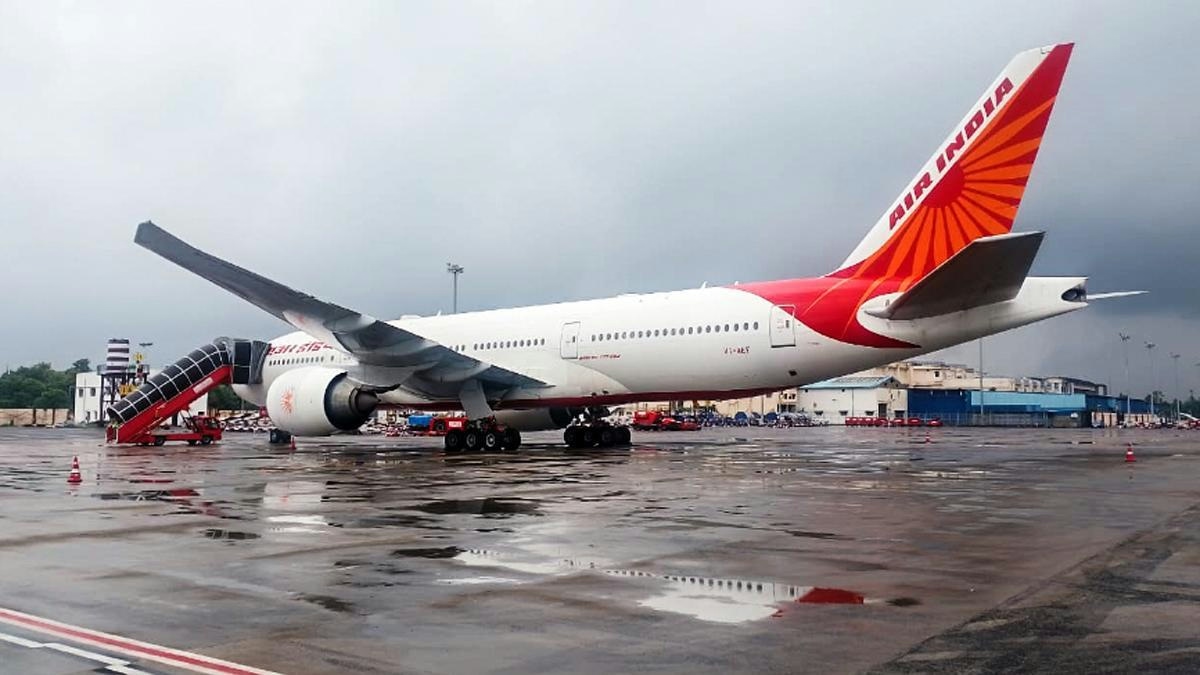
Air India Completes Fuel Switch Inspection, Finds No Issues
Air India Completes Fuel Switch Inspection, Finds No Issues
Air India has concluded precautionary inspections of the Fuel Control Switch (FCS) locking mechanisms across its entire fleet of Boeing 787 and Boeing 737 aircraft, reporting no faults. These inspections, which also encompassed the Boeing 737s operated by its low-cost subsidiary Air India Express, were carried out in response to a directive from the Directorate General of Civil Aviation (DGCA). The order followed a recent fatal crash involving a Boeing 787-8 Dreamliner.
Regulatory Response to the Ahmedabad Crash
The DGCA mandated that all Indian carriers complete inspections of the fuel switch locking systems on their Boeing 787 and 737 aircraft by July 21. This directive came after preliminary findings from the Aircraft Accident Investigation Bureau (AAIB) indicated that the fuel switches had been cut off prior to the Air India crash last month. On June 12, Air India flight AI 171, a Boeing 787-8, crashed shortly after takeoff from Ahmedabad en route to London Gatwick, resulting in the deaths of 241 of the 242 people onboard, as well as 19 fatalities on the ground.
Air India stated on Tuesday that no issues were found with the locking mechanisms during the inspections. The airline also noted that it had voluntarily initiated these checks on July 12, ahead of the regulator’s deadline, and completed them within the prescribed timeframe.
Technical Concerns and Broader Industry Impact
The fuel control switches are critical components that regulate the flow of fuel to the aircraft engines. According to the AAIB’s preliminary report, fuel supply to both engines was cut off within one second, causing confusion in the cockpit. Cockpit voice recordings revealed one pilot questioning the other about the fuel cutoff, with both denying responsibility.
The scrutiny of Boeing aircraft safety has extended beyond India. South Korean aviation authorities have also ordered inspections of fuel switches on Boeing jets following the crash. Meanwhile, Germany’s Lufthansa Group conducted re-inspections of its Boeing 787 fleet and similarly reported no faults. These findings, alongside Air India’s results, may help to alleviate some concerns regarding the safety of Boeing aircraft, although market reactions and competitor responses remain uncertain.
Fleet Composition and Historical Context
Several other Indian carriers, including IndiGo, SpiceJet, and Akasa Air, operate Boeing 737 and 787 aircraft. Indian airlines collectively operate over 150 Boeing 737 and 787 jets. Air India’s fleet includes 33 wide-body Boeing 787s, while Air India Express operates approximately 75 narrow-body Boeing 737s. IndiGo’s fleet features seven Boeing 737 MAX 8 and one Boeing 787-9, with Akasa Air and SpiceJet also maintaining Boeing 737 aircraft.
Concerns regarding the FCS locking mechanism are not new. The U.S. Federal Aviation Administration (FAA) first identified potential disengagement issues in 2018 affecting certain Boeing models, including the 787 and 737.
With the completion of these inspections and no issues detected, Air India and its subsidiary have fulfilled regulatory requirements and sought to reassure passengers and stakeholders about the safety of their Boeing fleets.
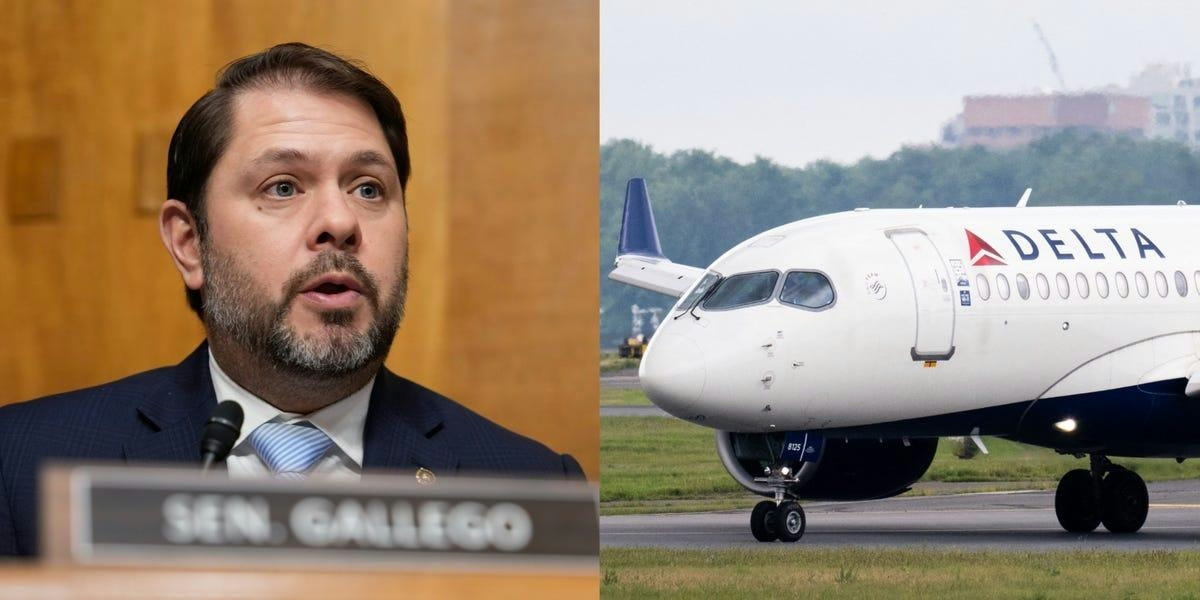
Senators Seek Clarification on Delta’s New AI Pricing Strategy
Senators Question Delta Air Lines on AI-Driven Pricing Strategy
Senators have expressed significant concerns regarding Delta Air Lines’ newly introduced artificial intelligence-based pricing model, which seeks to tailor ticket prices according to individual user data. On Monday, Senators Ruben Gallego of Arizona, Mark Warner of Virginia, and Richard Blumenthal of Connecticut jointly addressed a letter to Delta, requesting detailed clarification on the types of data the airline intends to utilize and the extent of its AI implementation.
Privacy and Pricing Concerns
The senators highlighted that Delta’s current and proposed individualized pricing methods raise serious data privacy issues. They also warned that this approach could result in fare increases calibrated to each consumer’s personal financial threshold, a troubling prospect amid the ongoing economic pressures faced by many American families. Their letter emphasized the potential for AI-driven pricing to exacerbate affordability challenges at a time when household budgets are already strained.
Delta’s president, Glen Hauenstein, recently informed investors that the airline plans to expand its AI-based pricing to cover 20% of its domestic routes by the end of the year, a significant increase from the current 3%. The airline initially unveiled this AI pricing initiative at an investor event last November, describing it as a comprehensive overhaul of its pricing methodology. Hauenstein noted in July that the company remains in an intensive testing phase and has been encouraged by preliminary outcomes.
Industry Implications and Company Response
While dynamic pricing—adjusting fares based on demand, timing, and booking channels—has long been standard practice in the airline industry, the application of AI to personalize prices at the individual level has raised concerns about potential price discrimination. Lawmakers fear that AI algorithms could identify each traveler’s maximum willingness to pay, thereby driving fares higher for certain customers.
Delta has responded by asserting that its dynamic pricing model does not incorporate personal information. A company spokesperson told Business Insider that the airline’s approach explicitly avoids using individual personal data to determine fares.
As Delta continues to develop and test its AI pricing strategy, the broader market’s reaction and competitors’ responses remain uncertain. The airline’s initiative is still in its experimental stages, and the potential impact of widespread AI-driven individualized pricing on the industry and consumer costs has yet to be fully understood.
The senators’ inquiry reflects increasing scrutiny over the use of artificial intelligence in consumer markets, particularly regarding transparency, fairness, and data privacy. Delta has not issued a public response to the senators’ letter at this time.
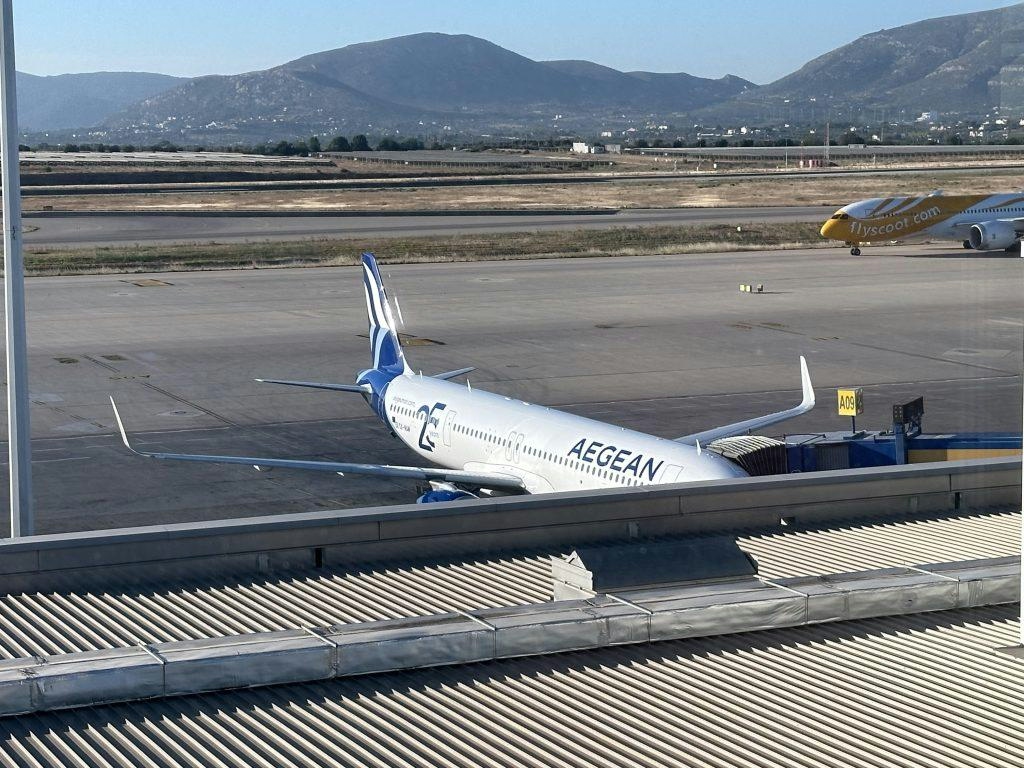
Aegean Airlines Reveals First Long-Haul Routes and Expands Airbus A321neo XLR Fleet
Aegean Airlines Expands Long-Haul Operations with New Airbus A321neo XLR Fleet
Aegean Airlines, a prominent member of the Star Alliance network, is poised to broaden its long-haul capabilities through the acquisition of new Airbus A321neo XLR aircraft. These jets, expected to be delivered between late 2025 and early 2026, will enable the carrier to operate nonstop flights lasting up to 10.5 hours—extending its current range by approximately 2.5 hours compared to the existing A321neo LR models.
Upgraded Passenger Experience
The introduction of the A321neo XLR will bring significant enhancements to Aegean’s onboard product. The business class cabin will feature 24 suites equipped with fully flat seats, direct aisle access, and heightened privacy, aiming to elevate passenger comfort on extended flights. Economy class will also benefit from improvements, including more spacious seating arrangements, advanced 4K entertainment systems, USB power outlets, Wi-Fi connectivity, and increased overhead storage capacity. While the airline has yet to release comprehensive details of the cabin configuration, industry experts anticipate a layout akin to that of JetBlue’s comparable aircraft.
Launching Intercontinental Services to India
Aegean Airlines plans to inaugurate its first intercontinental routes in the spring of 2026, marking a significant milestone in its network expansion. The airline will commence five weekly flights from Athens to New Delhi in March, followed by three weekly services to Mumbai starting in May. Ticket sales for these new routes are expected to begin by the end of September. Looking beyond these initial destinations, Aegean is evaluating further expansion to cities such as Bangalore, the Maldives, and Nairobi, with potential launches slated for 2027 and 2028.
Challenges in a Competitive Market
The airline’s entry into the Indian long-haul market presents a series of regulatory and operational challenges. Navigating India’s complex aviation regulations and managing the logistics of extended services will require careful planning. Moreover, Aegean will confront intense competition from established carriers already serving these routes. Industry observers anticipate close scrutiny of Aegean’s pricing strategies and service quality as it seeks to establish a foothold.
Competitors are likely to respond with strategic initiatives of their own. For instance, Starlux Airlines is expanding its long-haul fleet with Airbus A350-1000 aircraft, while Wizz Air continues to grow its presence in Romania, underscoring the dynamic and competitive environment in the region’s long-haul market.
As Aegean Airlines embarks on this new phase, its ability to deliver a compelling product, effectively manage regulatory complexities, and compete within a crowded marketplace will be critical to the success of its long-haul ambitions.
Ask AeroGenie